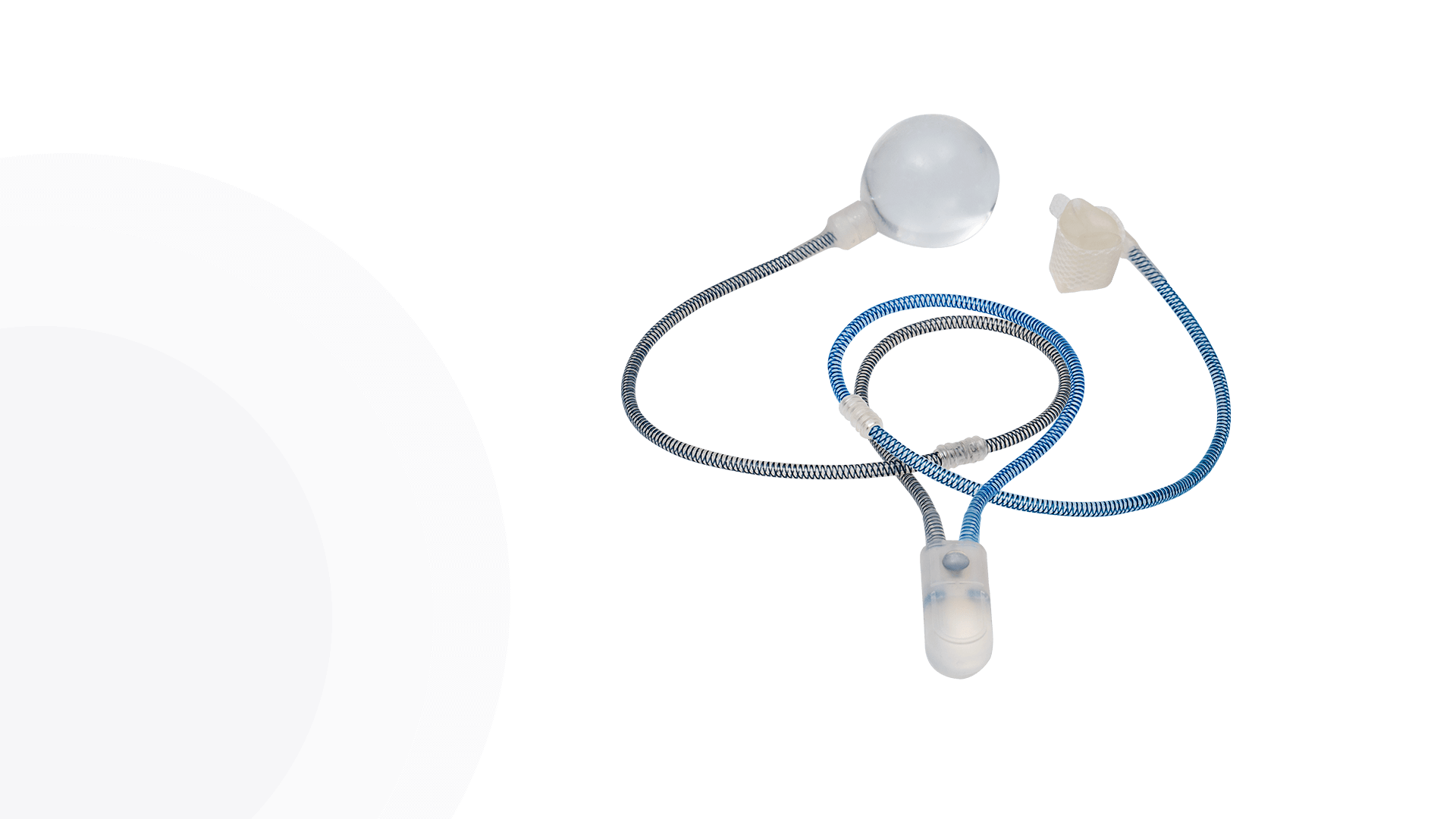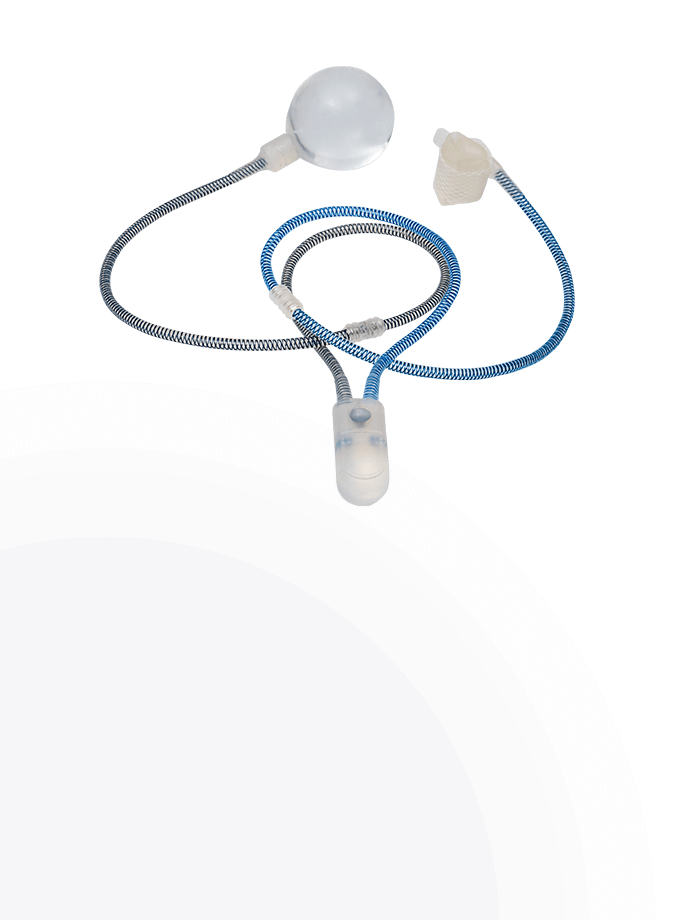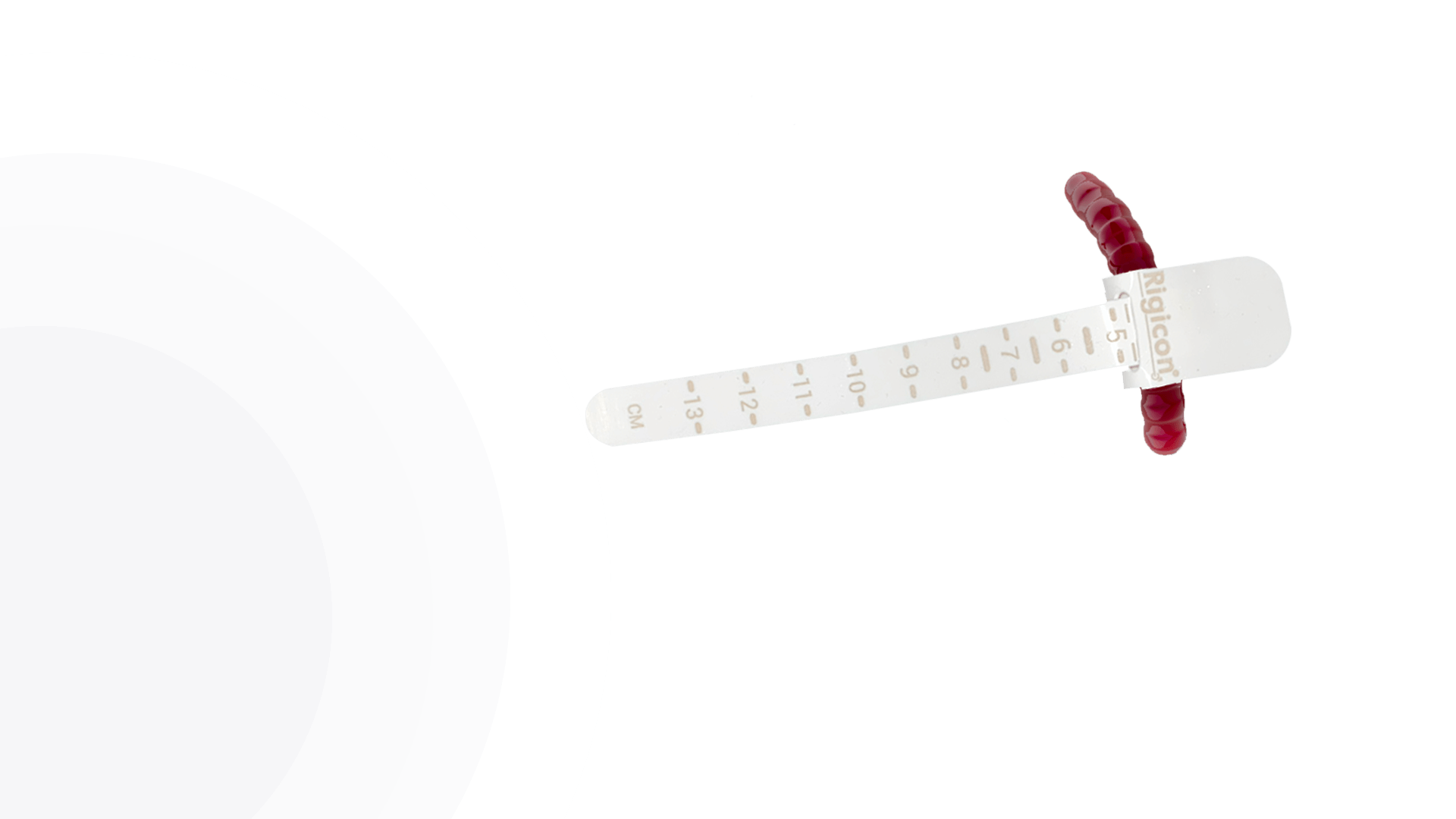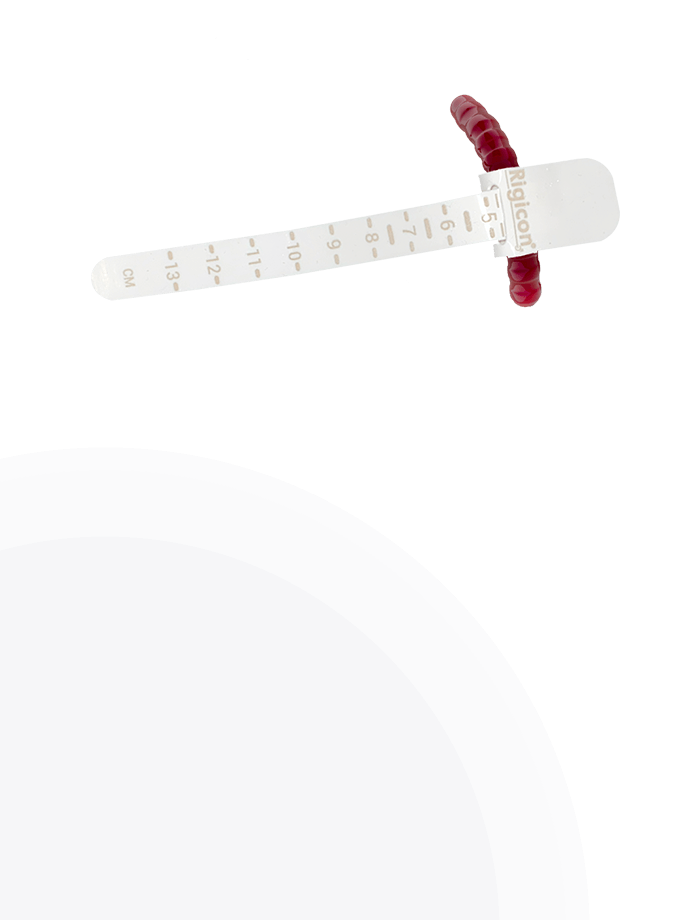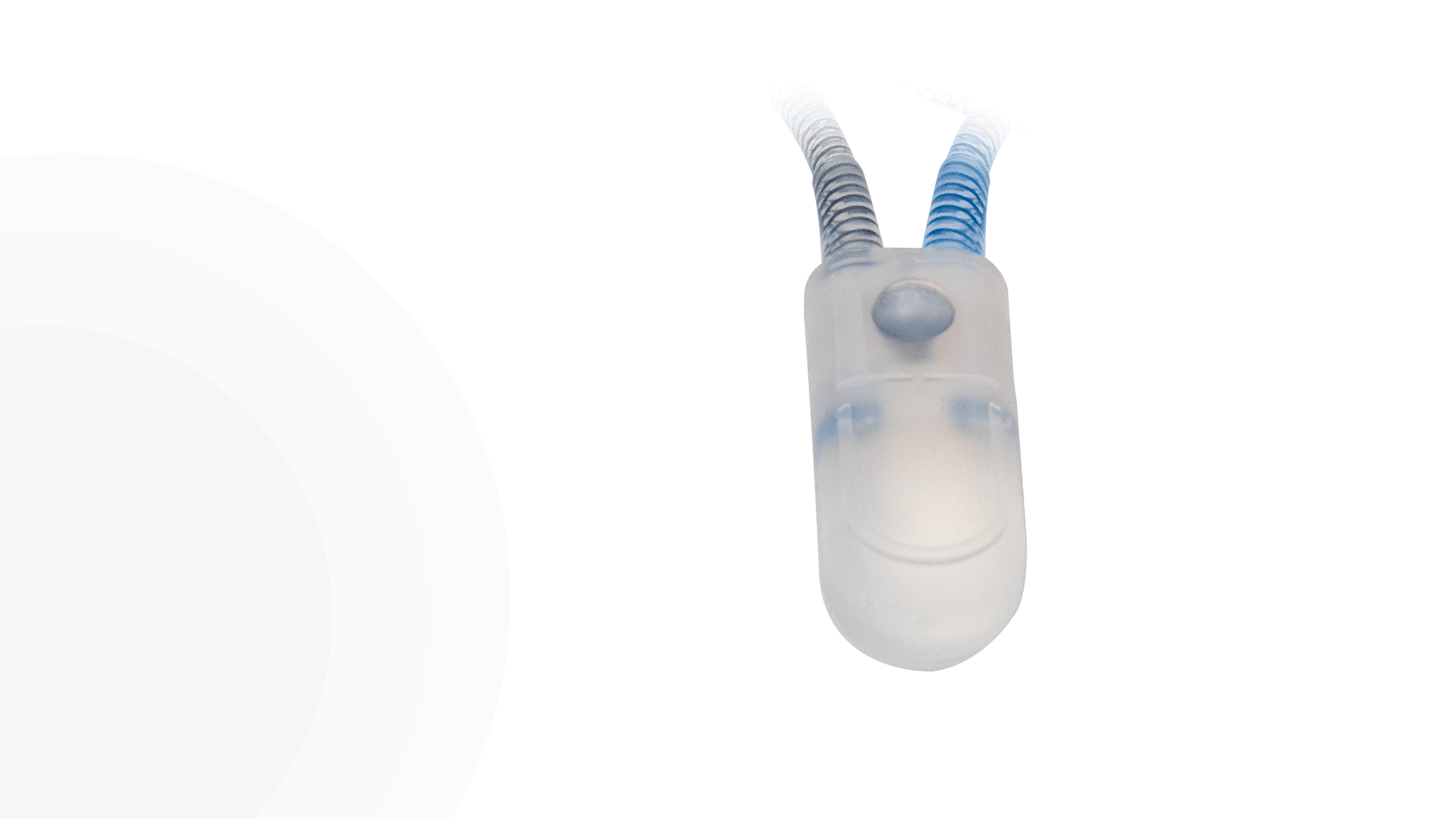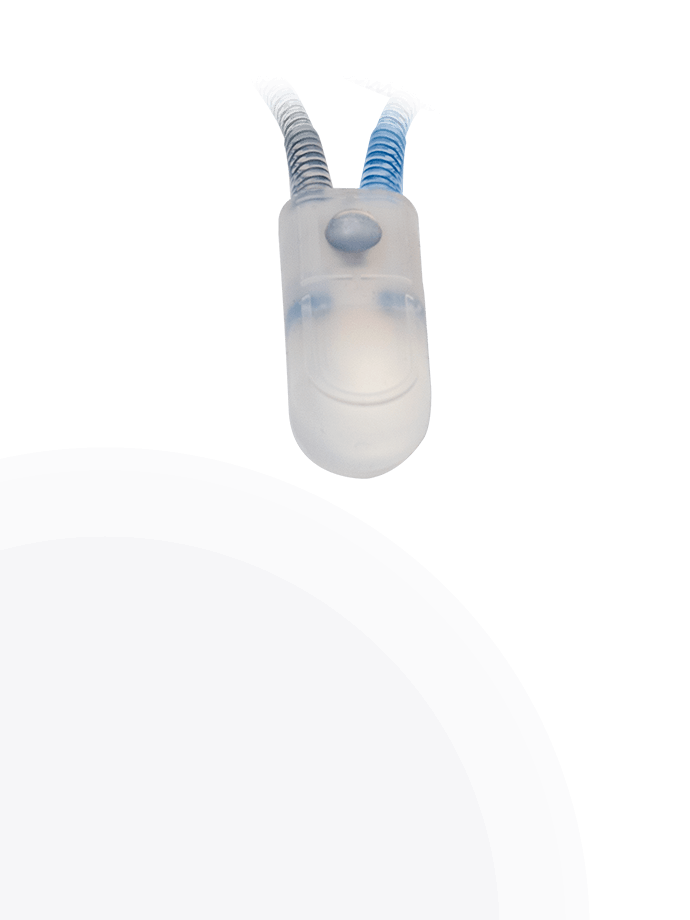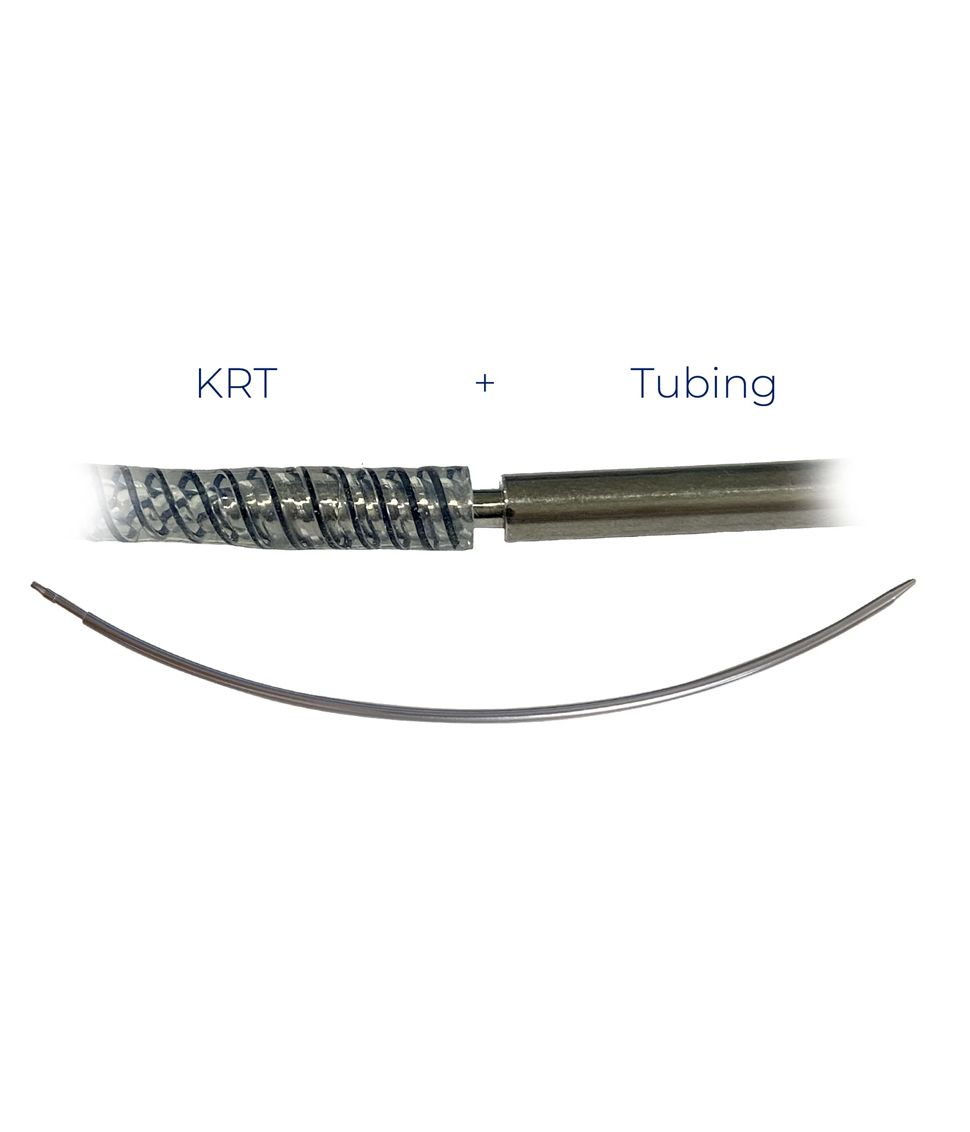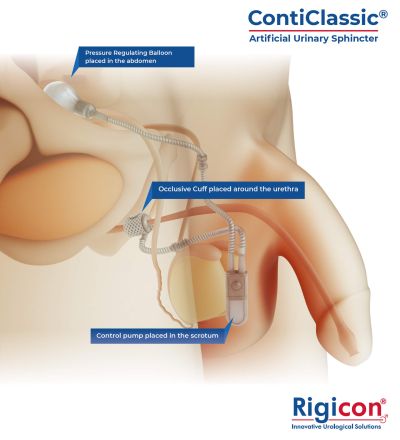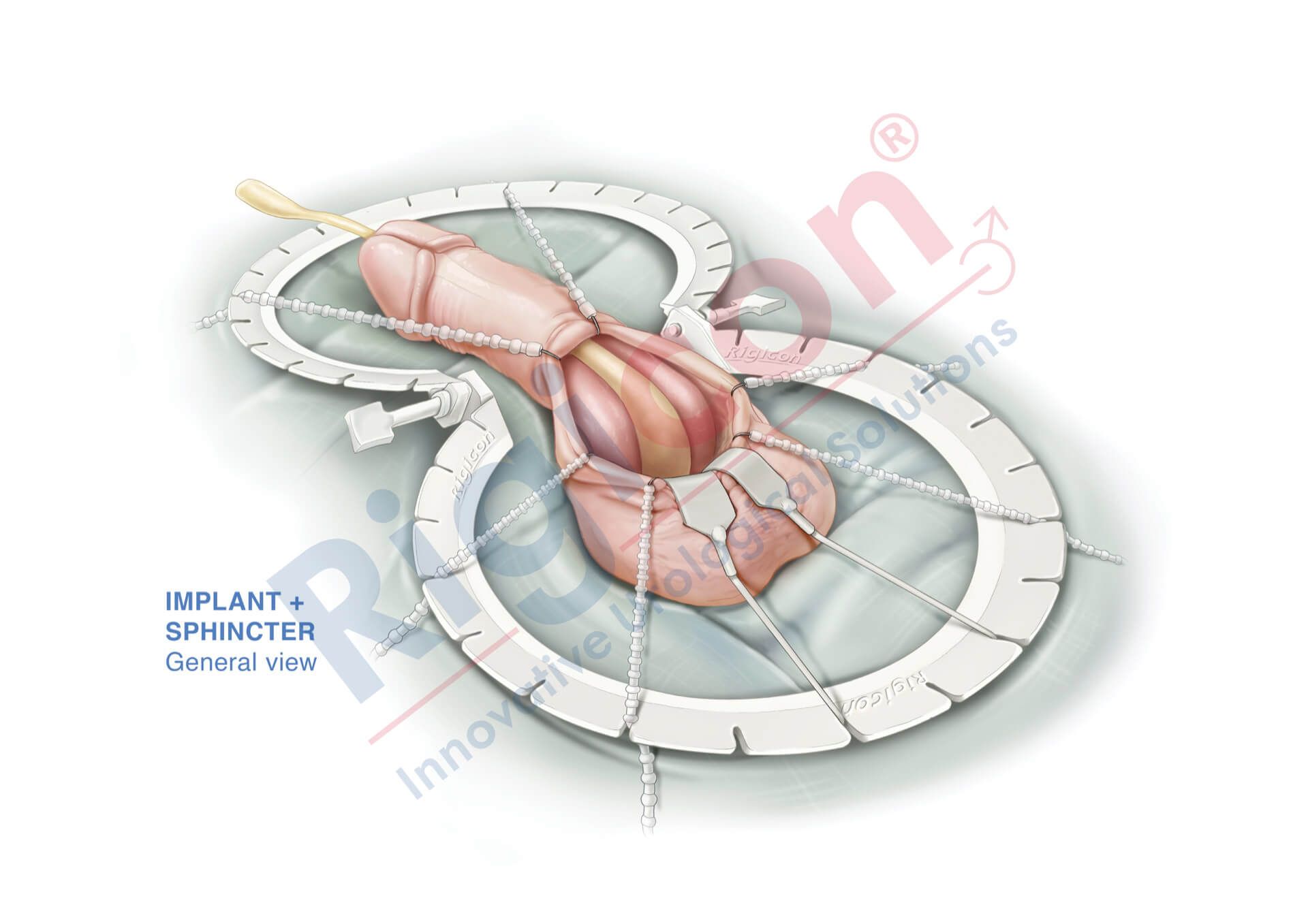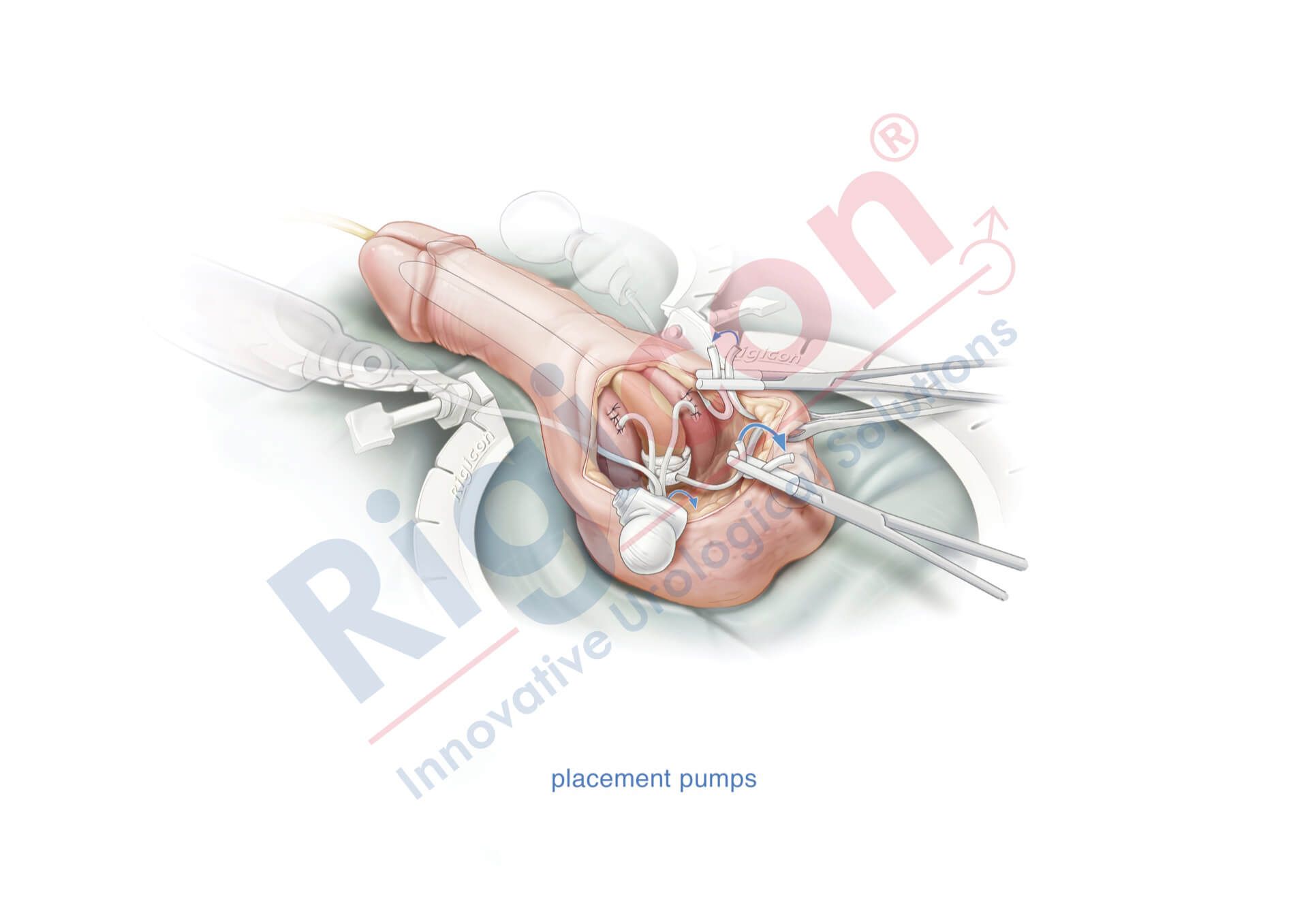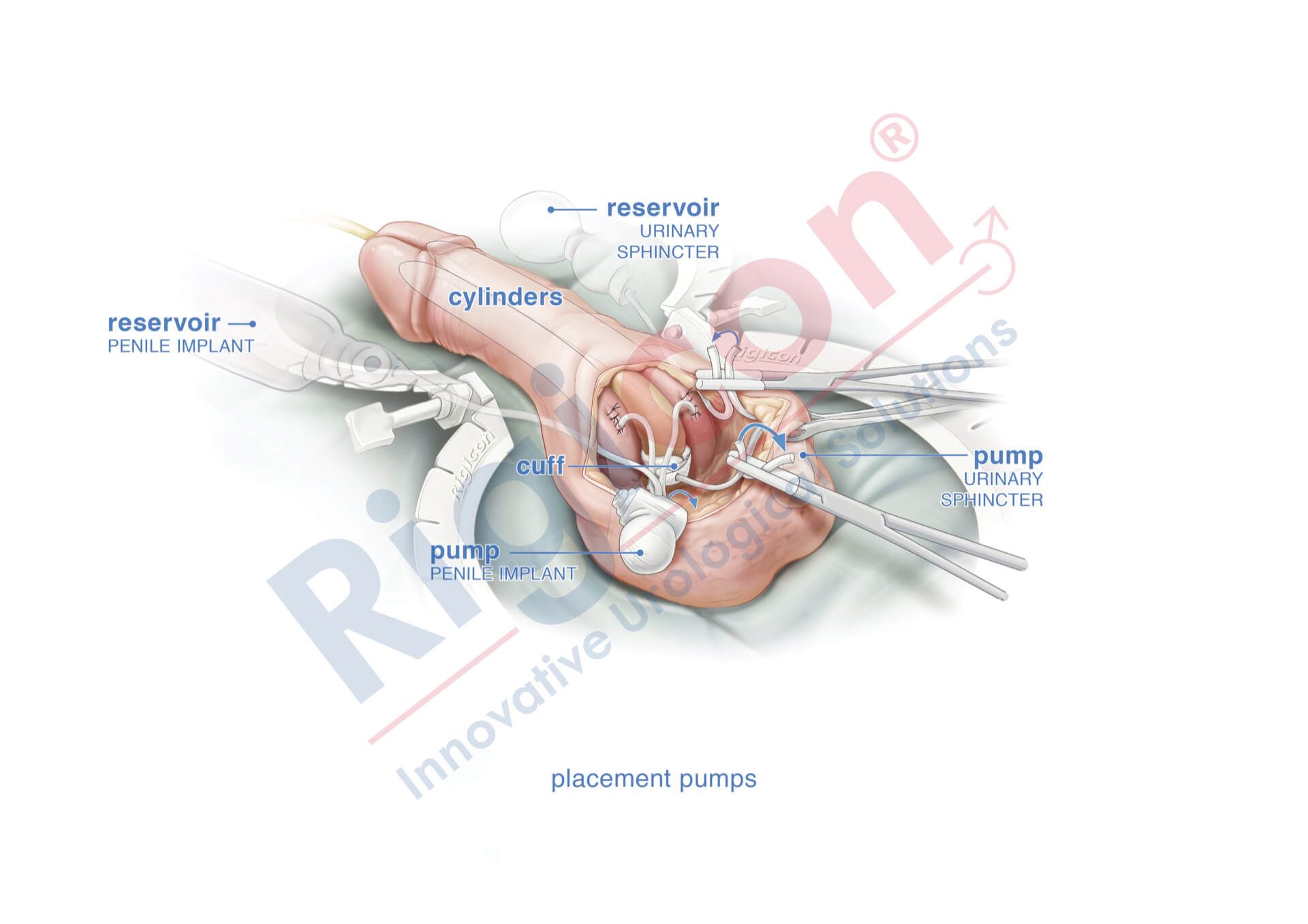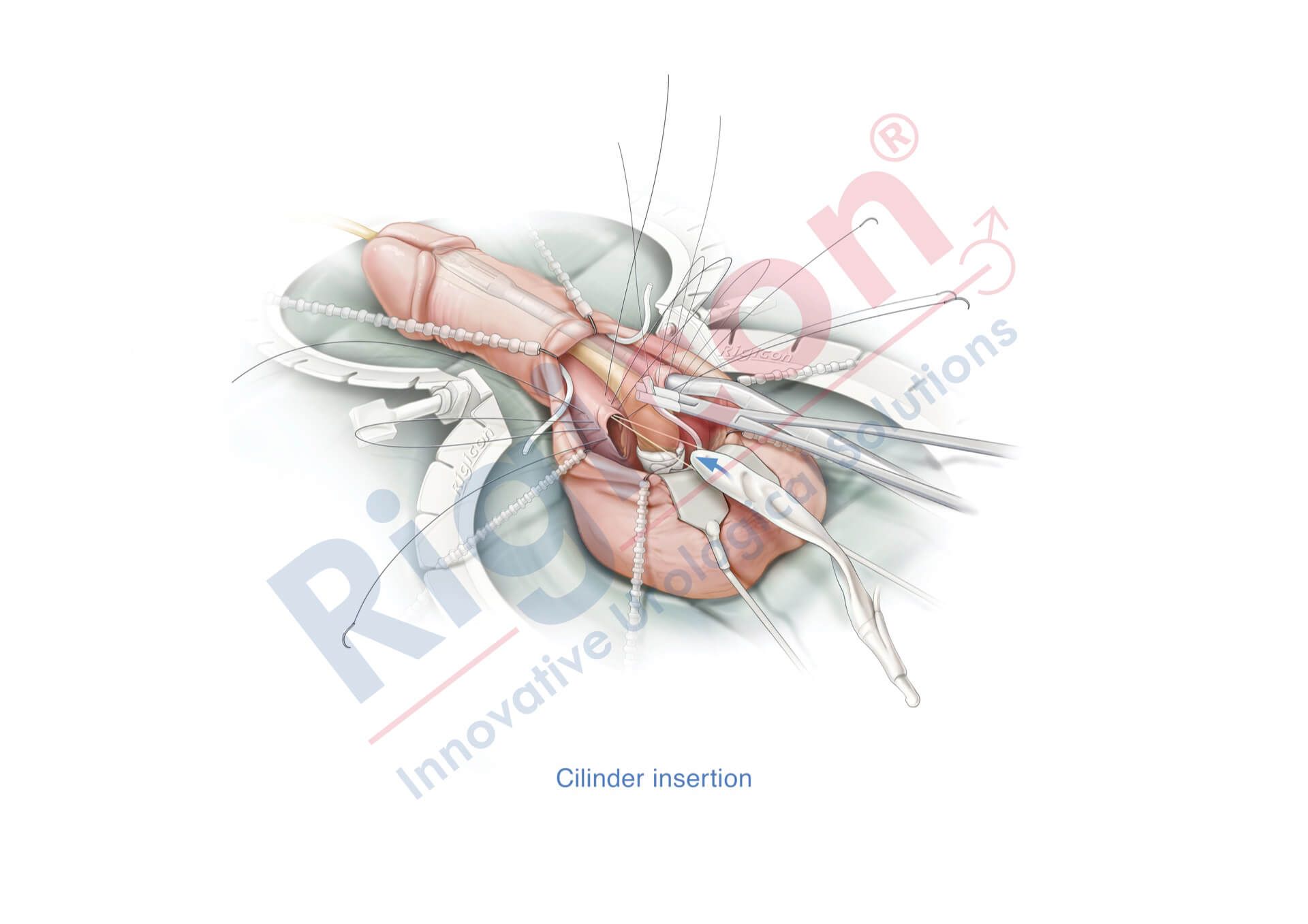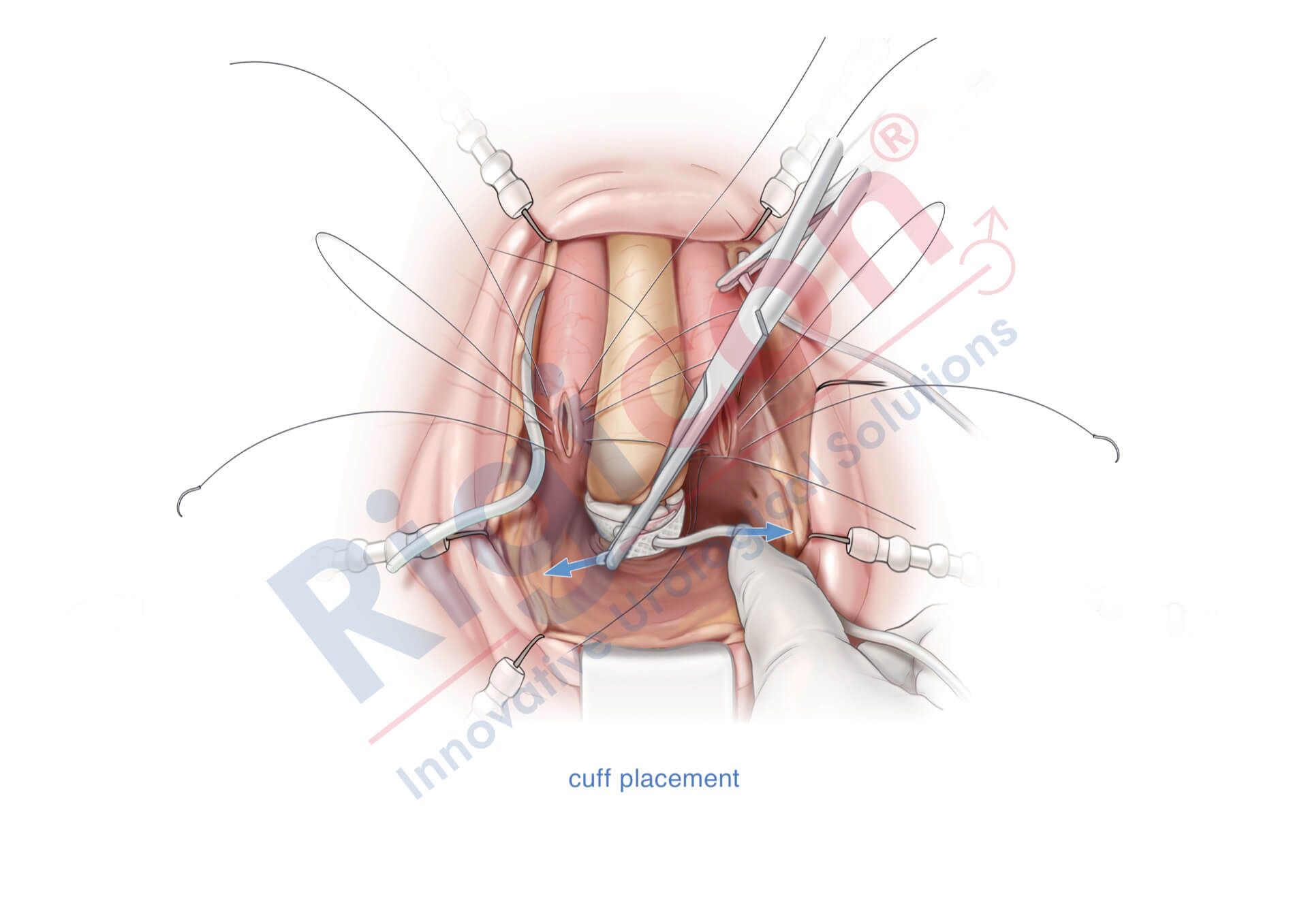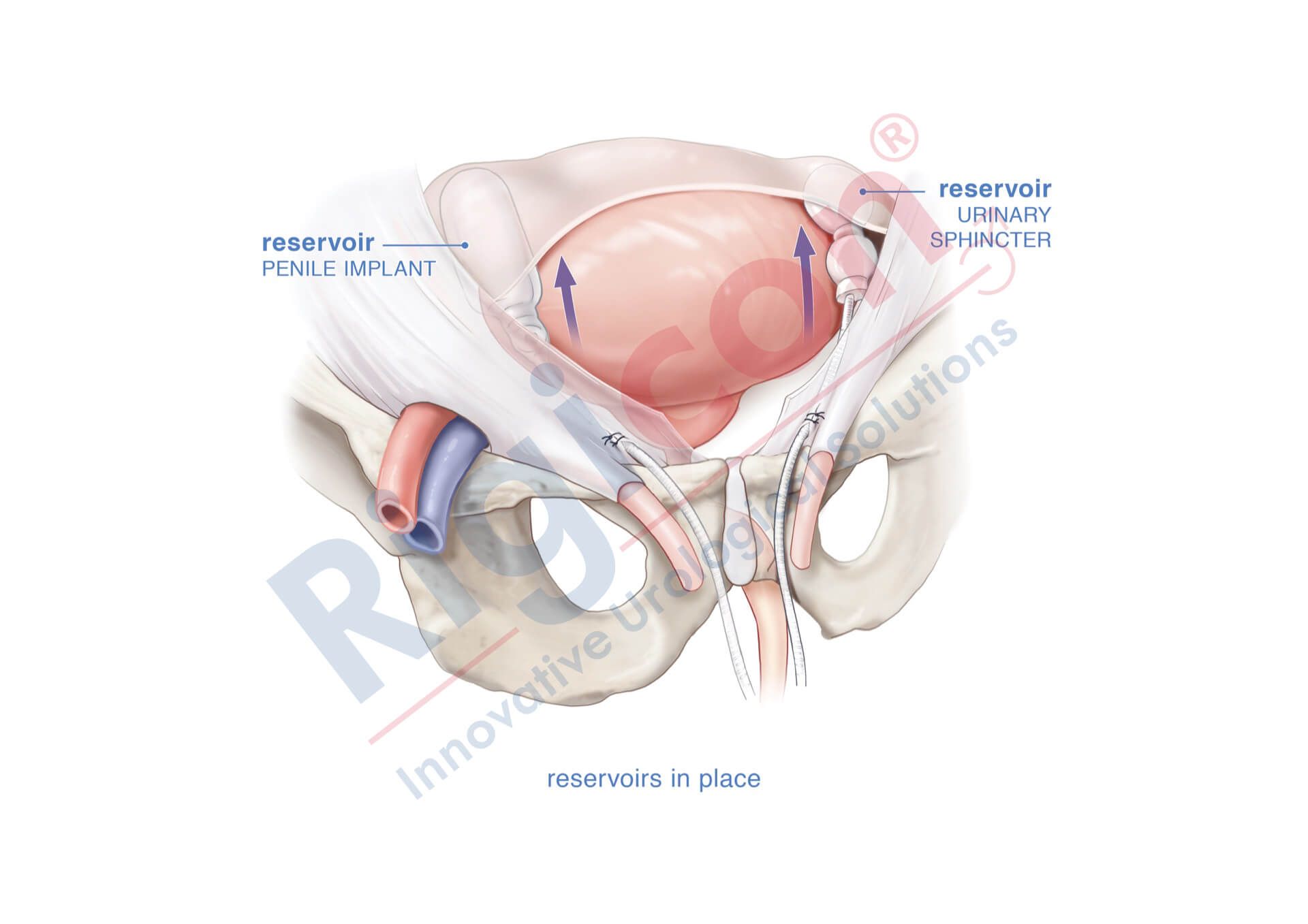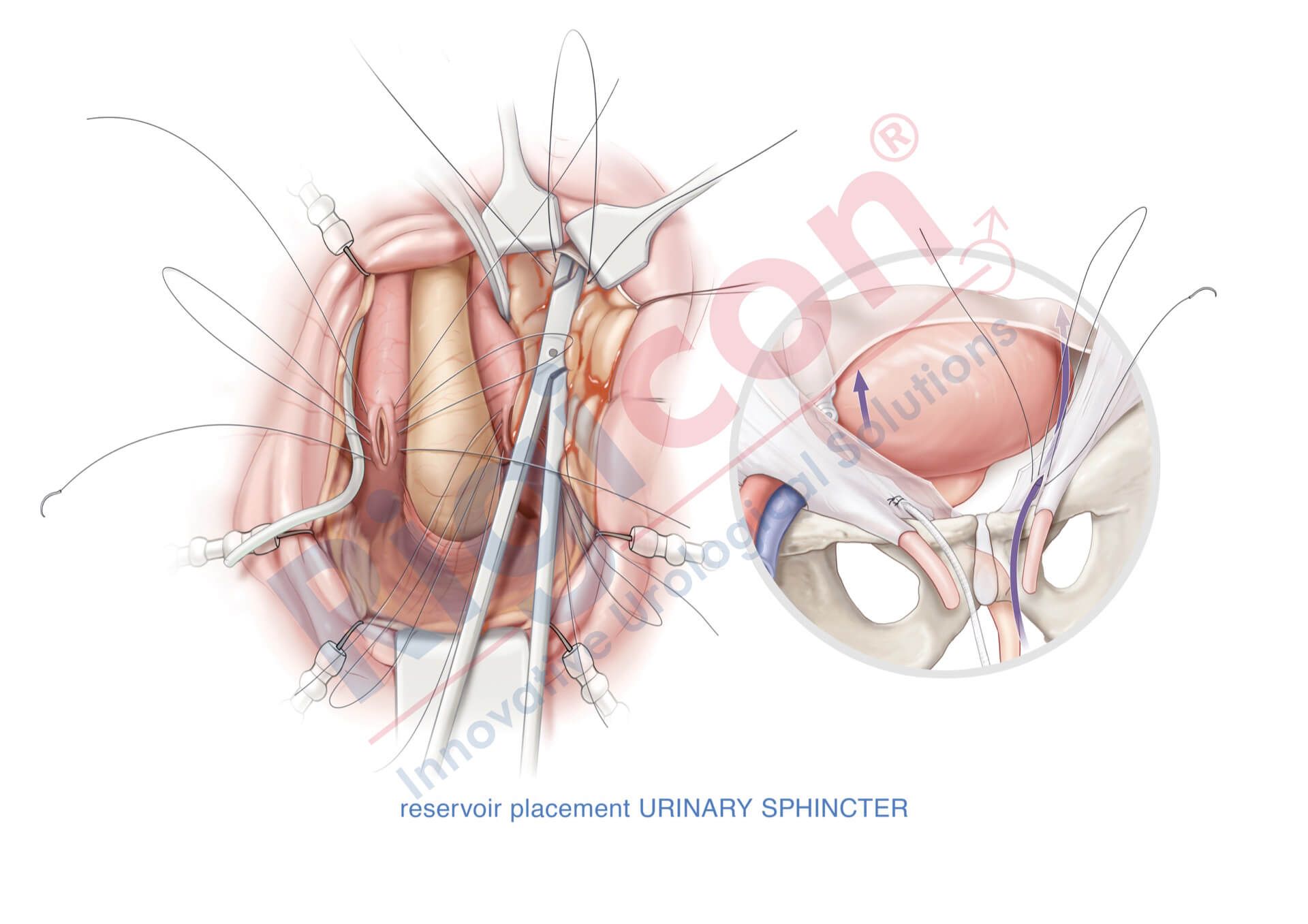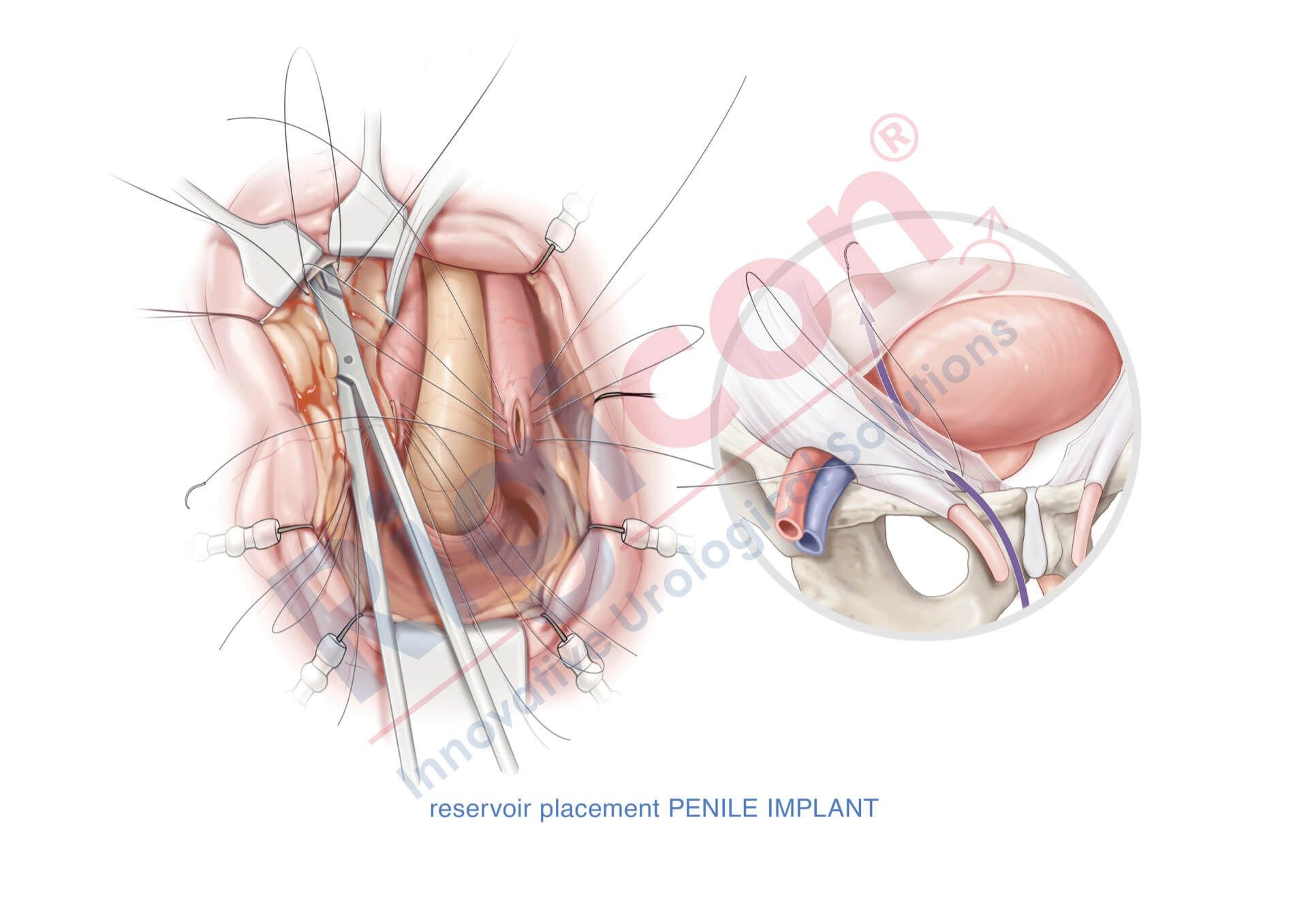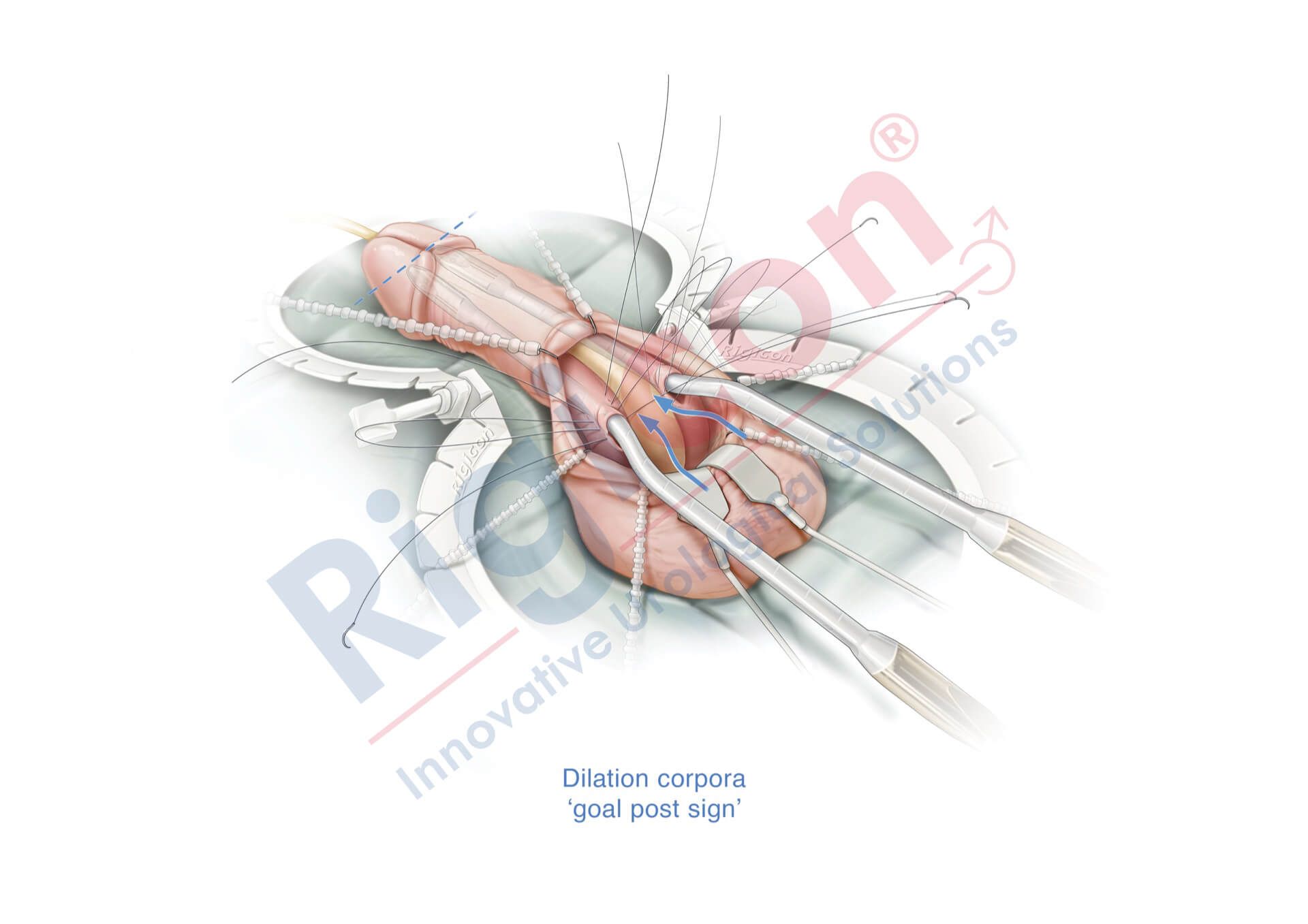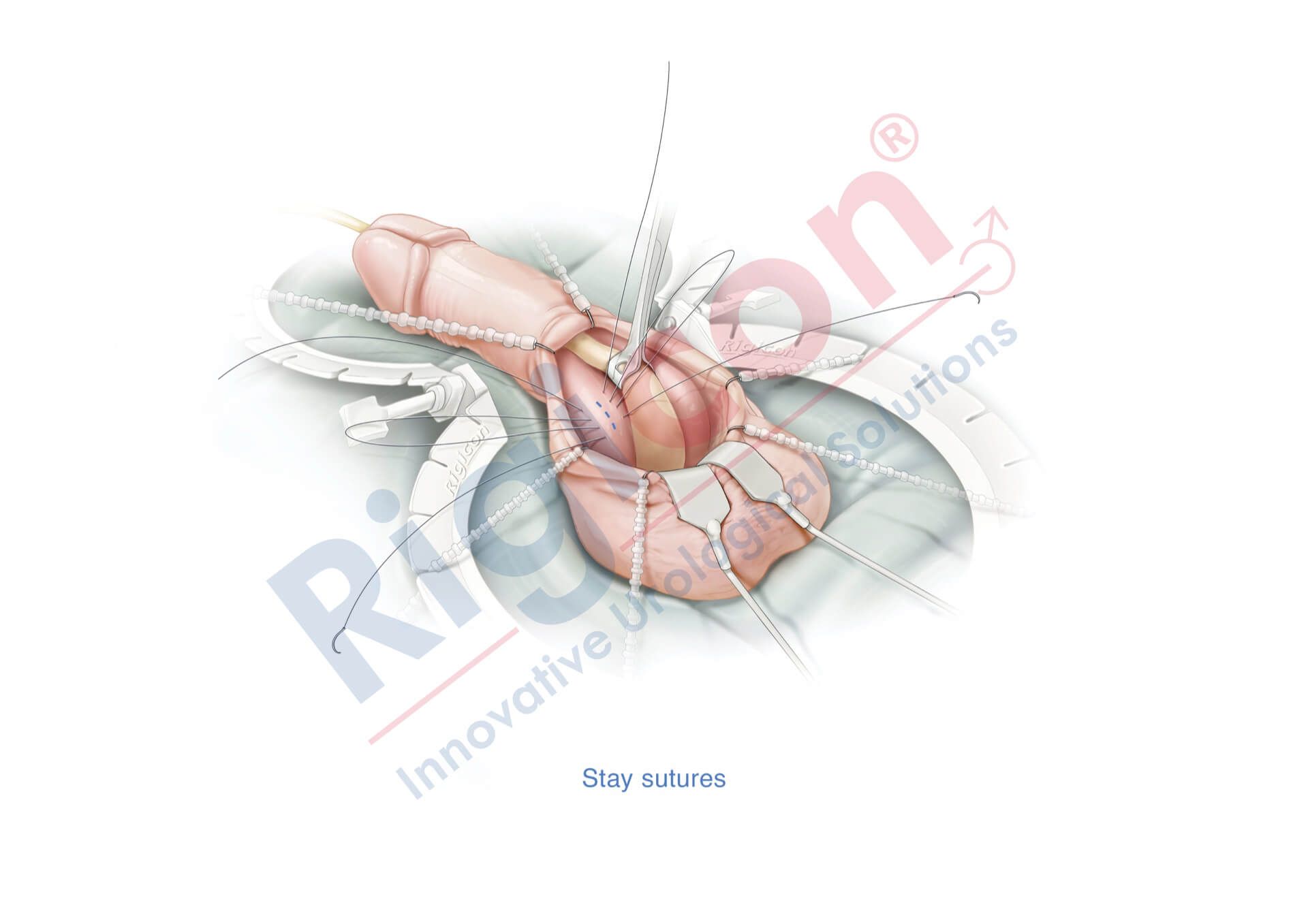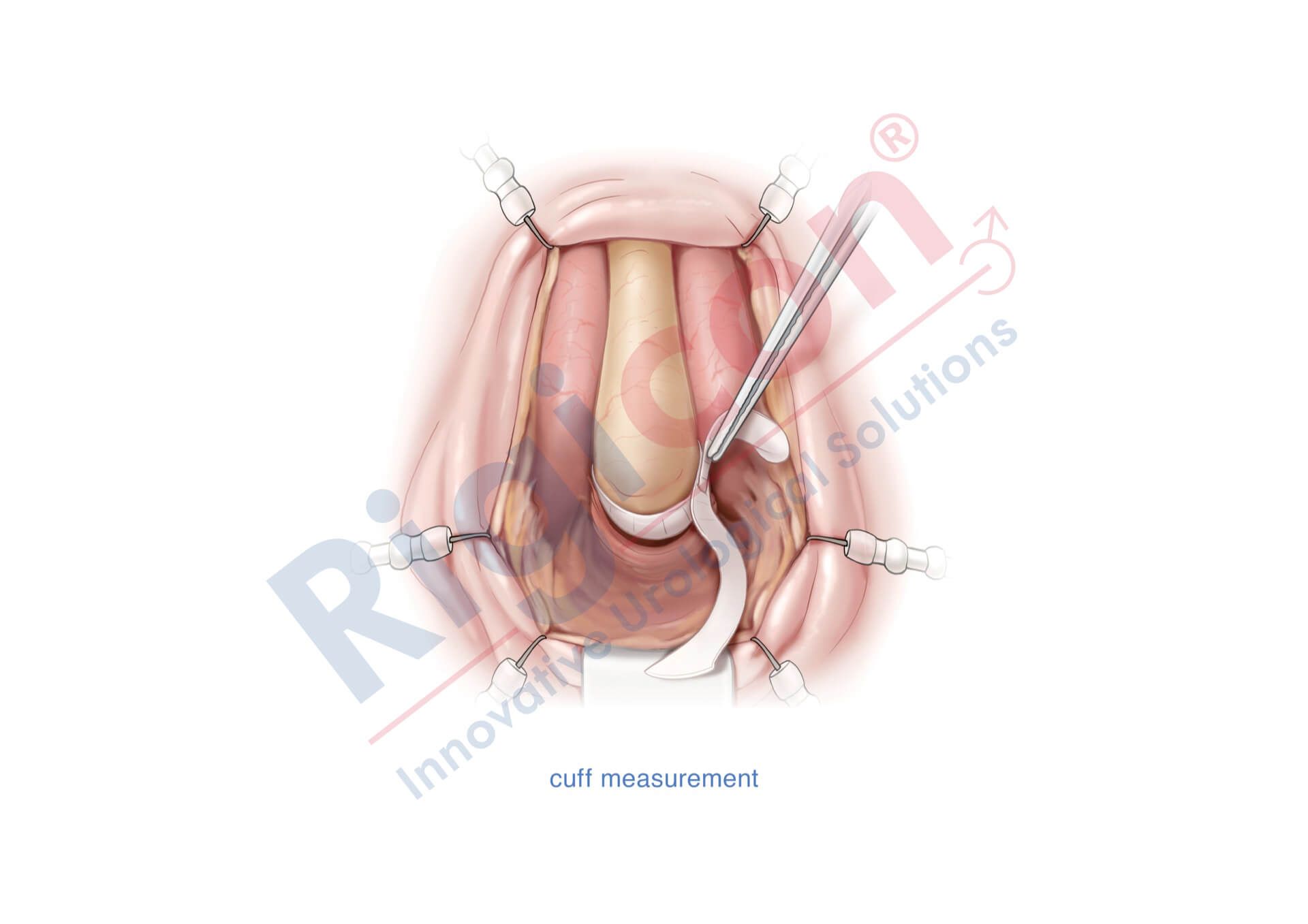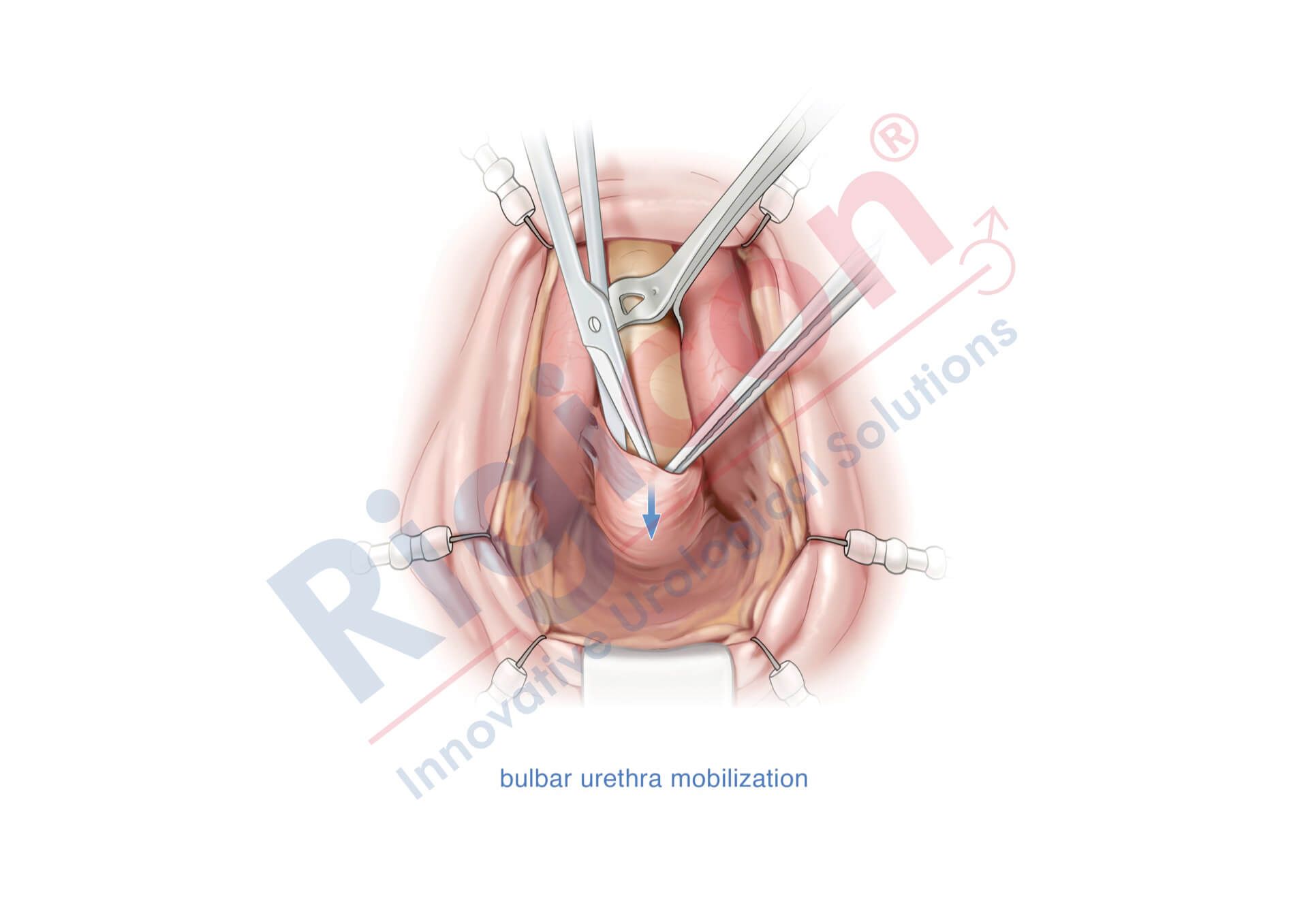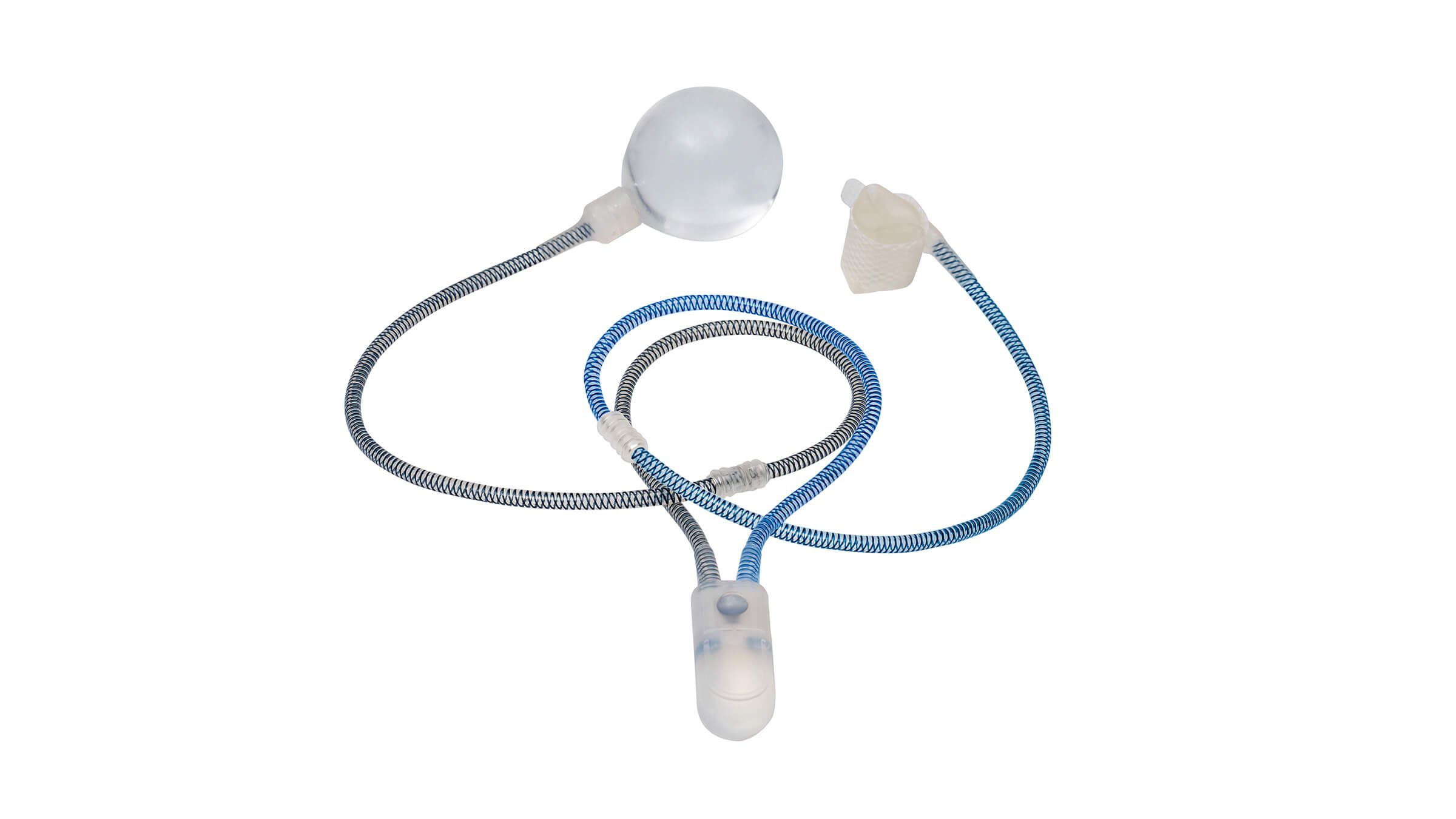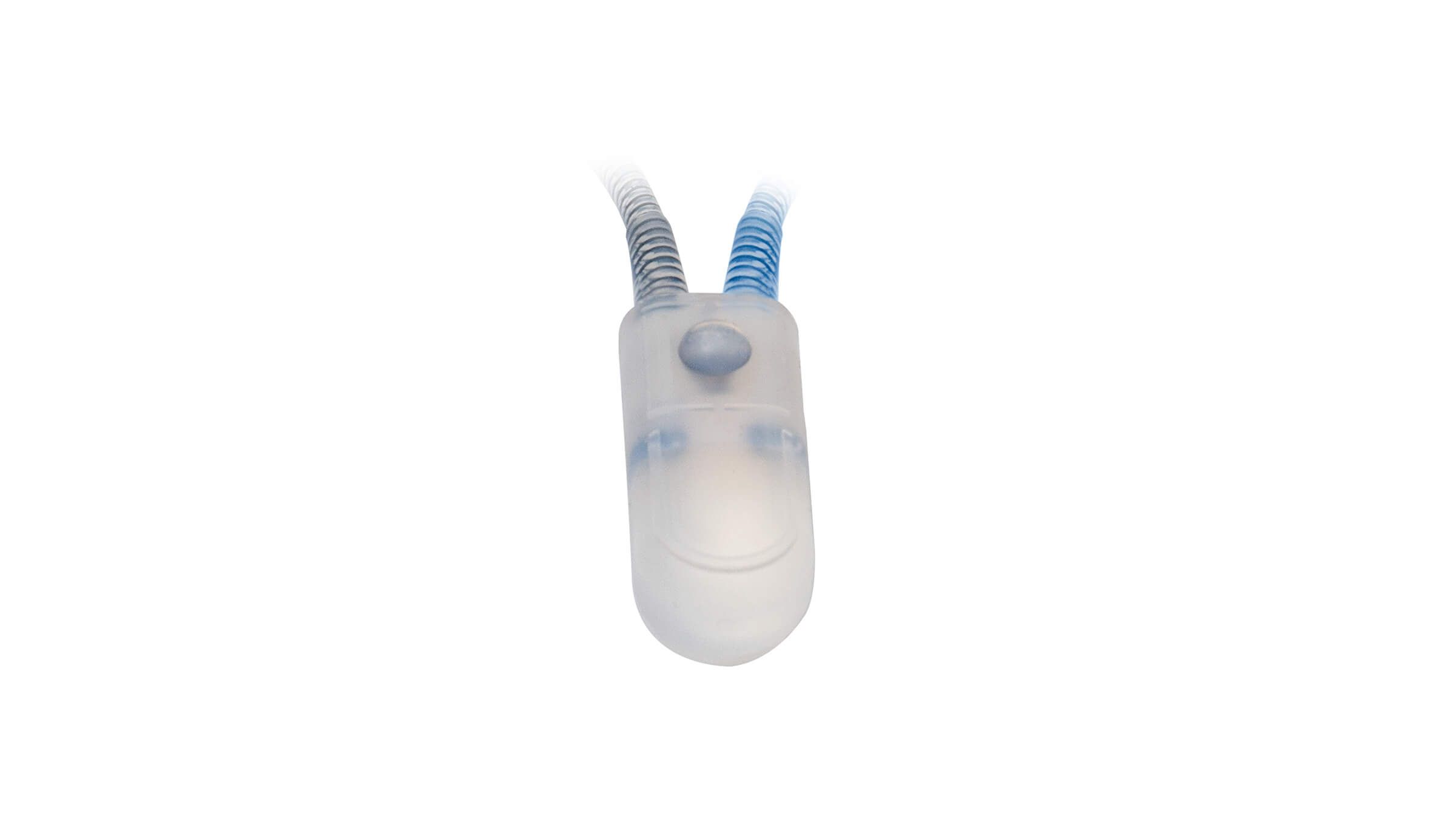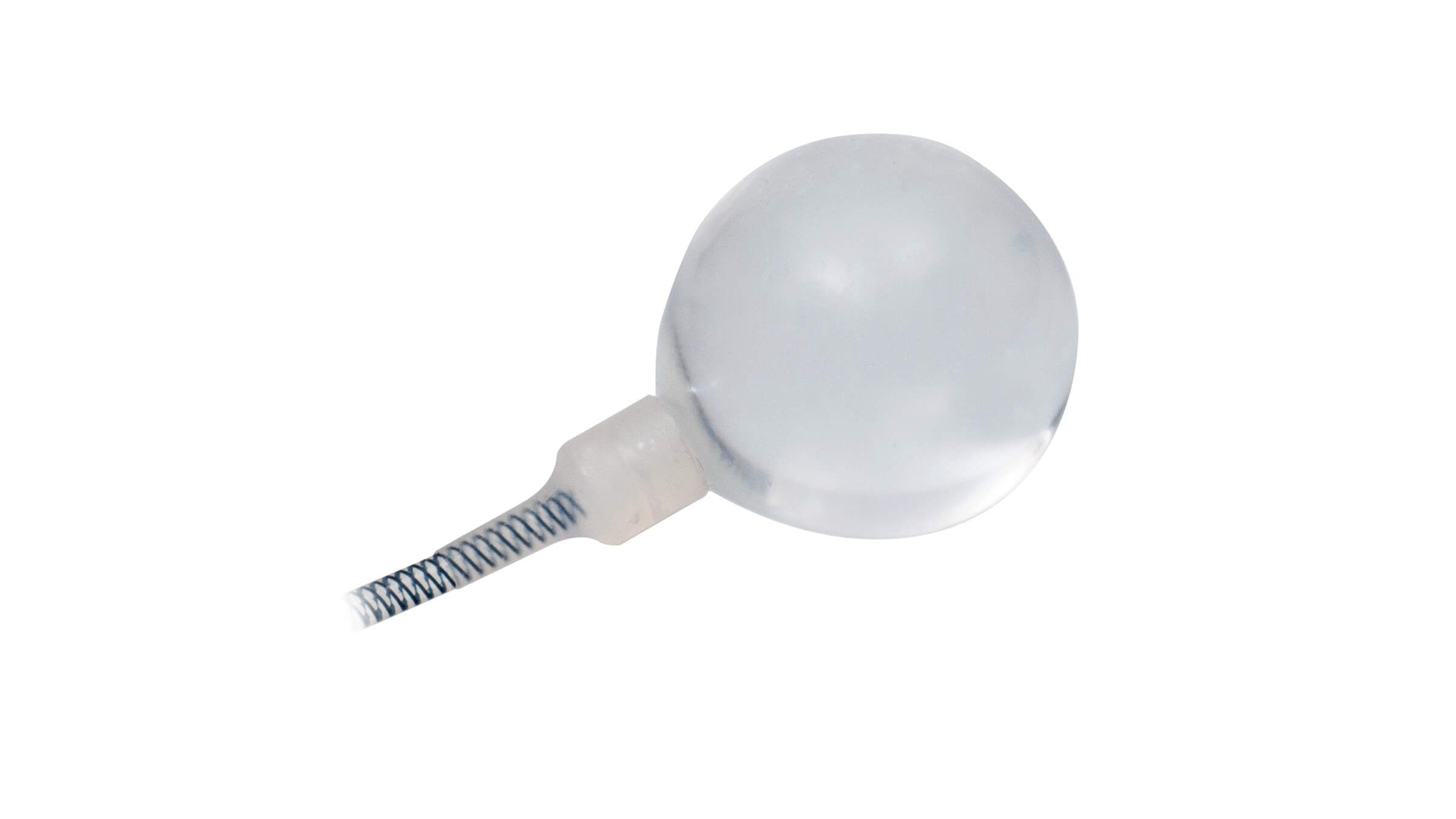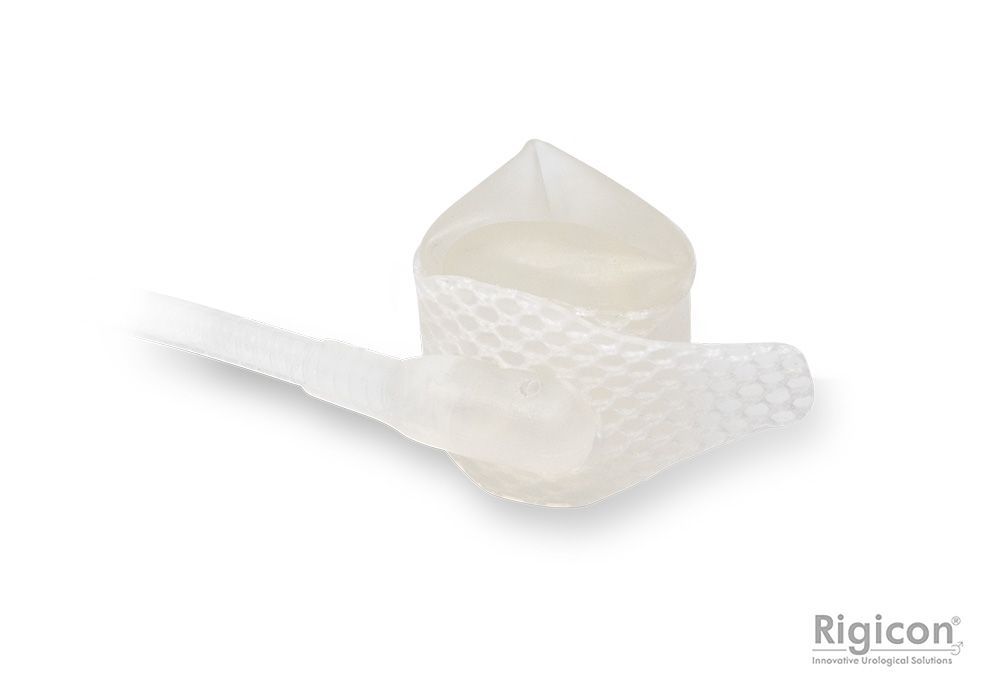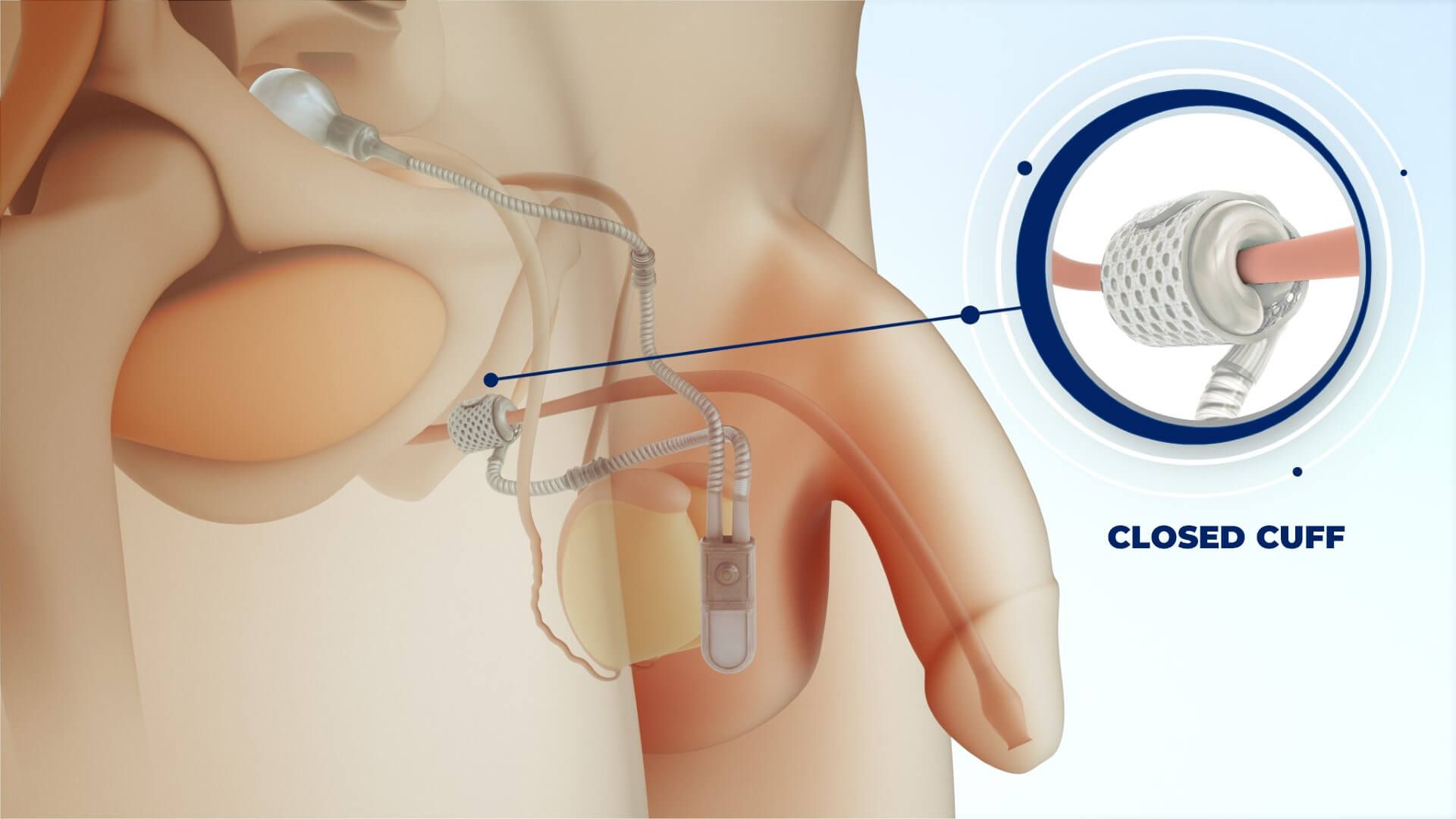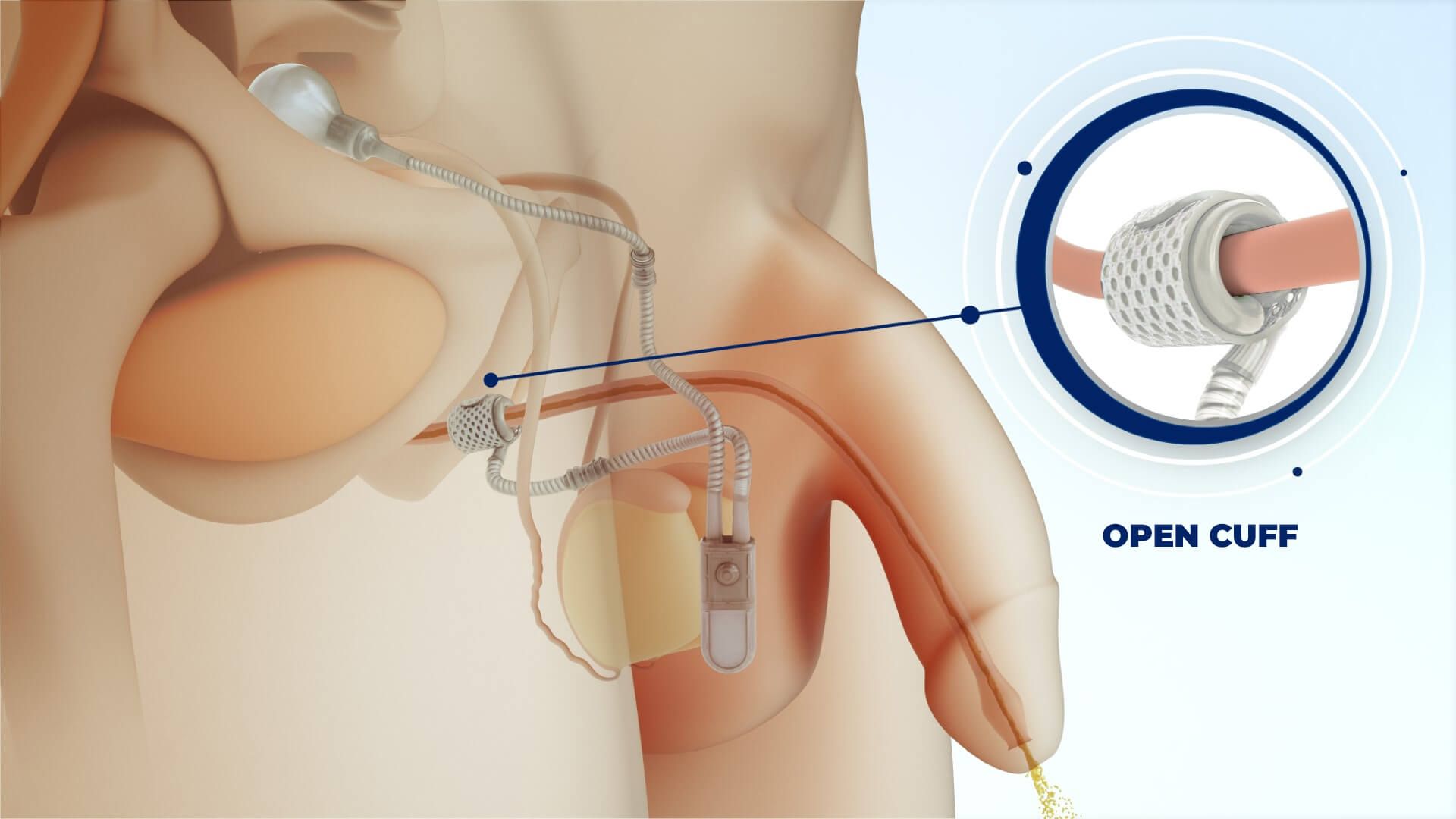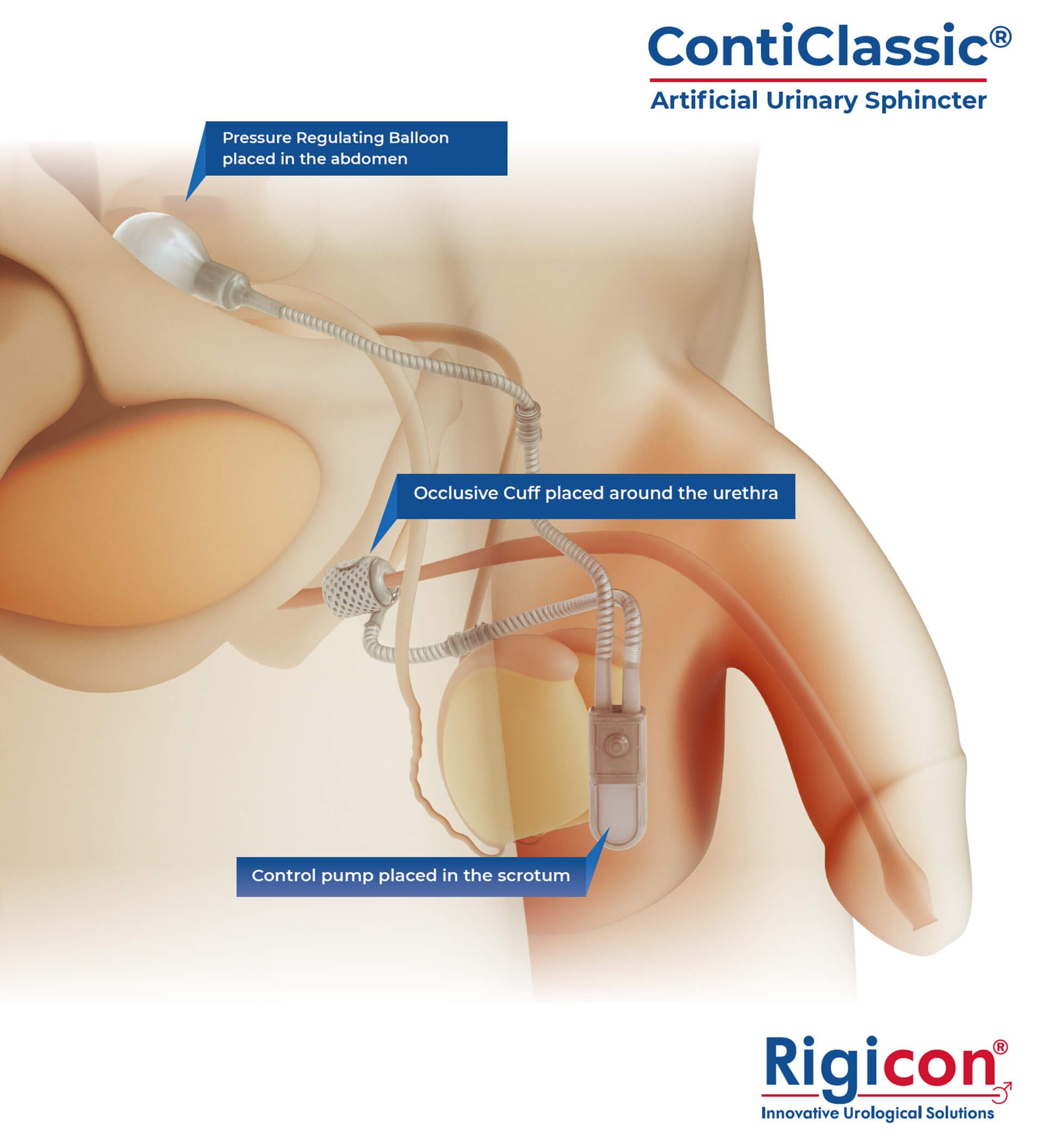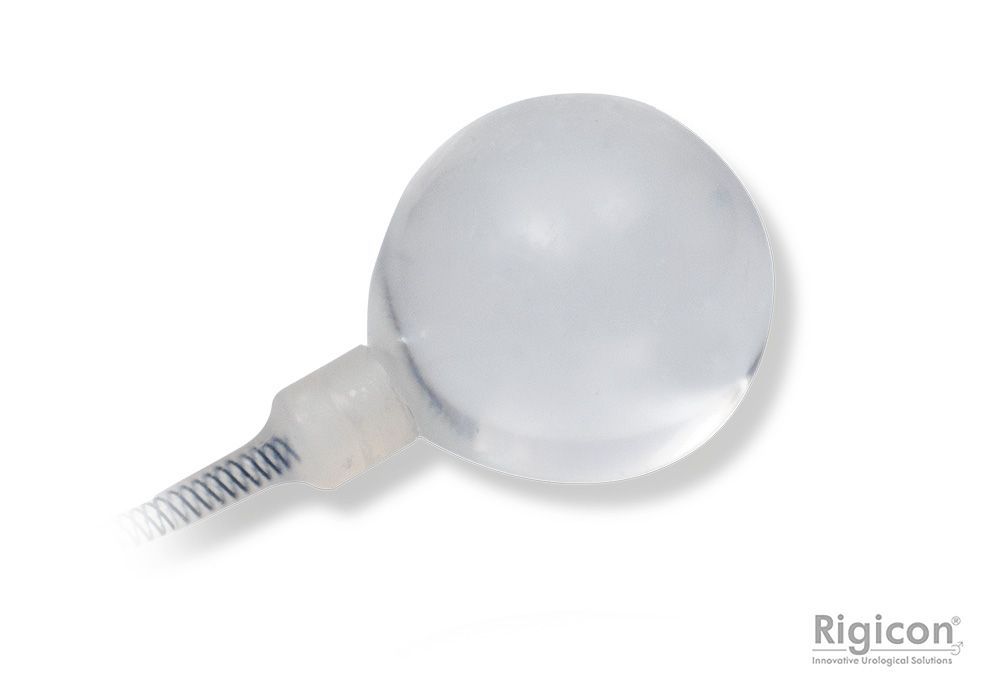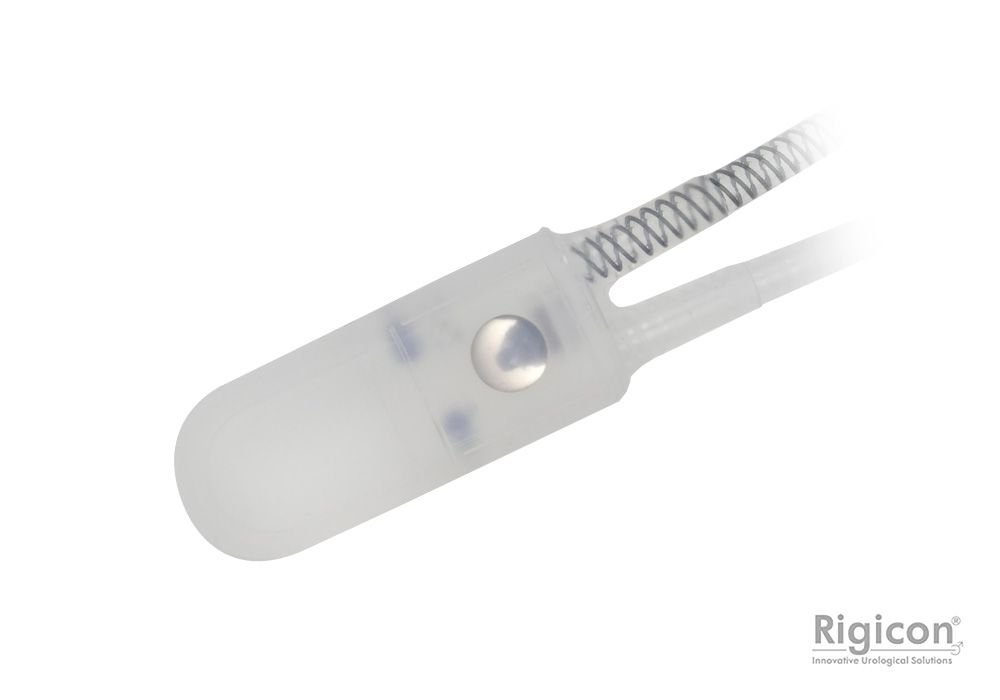ContiClassic® Artificial Urinary Sphincter is used to treat urinary incontinence due to sphincter deficiency in cases such as incontinence following prostate surgery.6
-
Pressure Regulating Balloon
We offer five different size of Pressure Regulating Balloon options, each designed to function optimally at a specific pressure level.
- ContiClassic ® PRB Sizes
40 – 49 cm H20 50 – 59 cm H20 60 – 69 cm H20 70 – 79 cm H20 80 – 89 cm H20
- ContiClassic ® PRB Sizes
- Simple Night-Time Deactivation
The ContiClassic® Control Pump is designed with an easy-to-use deactivation button to make turning the device off more convenient. Night-time deactivation may help reduce the risk of urethral atrophy (thinning of the urethra) and recurring incontinence. Nightly-deactivation may be recommended for patients who are dry at night and are committed to reducing the risk of urethral damage that may be caused by prolonged cuff pressure.
-
New Cuff Sizes
ContiClassic® Artificial Urinary Sphincter offers a comprehensive range of occlusive cuff sizes, providing surgeons with unprecedented flexibility in tailoring the device to each patient’s unique urethral anatomy. The diverse selection of cuff sizes spans from 3.5 cm to 13.0 cm, with increments as precise as 0.25 cm in certain ranges, allowing for exceptionally accurate fitting. This extensive array of options enables surgeons to achieve a more personalized and potentially more effective treatment for patients with varying degrees of urinary incontinence.
-
ContiRegular ® Occlusive Cuff
3.5 cm 5.5 cm 9.0 cm 3.75 cm 6.0 cm 9.5 cm 4.0 cm 6.5 cm 10.0 cm 4.25 cm 7.0 cm 11.0 cm 4.5 cm 7.5 cm 12.0 cm 4.75 cm 8.0 cm 13.0 cm
-
ContiRegular ® Occlusive Cuff
- HydroShield™ Coating
Unlike competitors, ContiClassic® is uniquely manufactured with a HydroShield™ hydrophilic coating on all external surfaces, including the pressure-regulating balloon. The HydroShield™ Coating allows for diverse dipping options enabling a customized approach to meet the specific needs of the surgeon and the patient.
- EasyClick™ Connectors
Kink-resistant tubes are connected easily and manually without the need for any additional assembly tools.
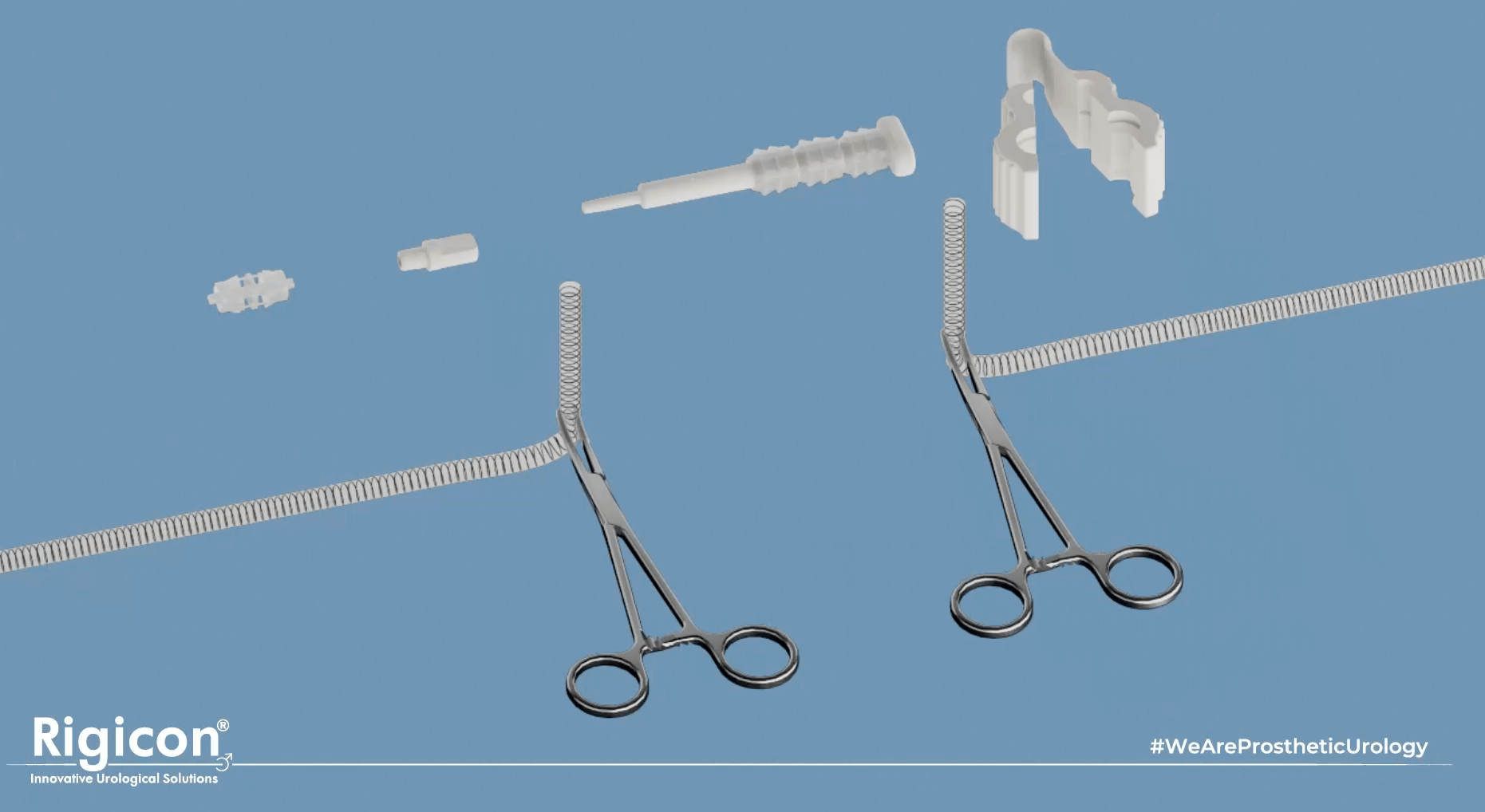
- Rigicon Duality
The ContiClassic® is fully compatible with and can be implanted alongside any of the Infla10® Inflatable Penile Prosthesis models5.
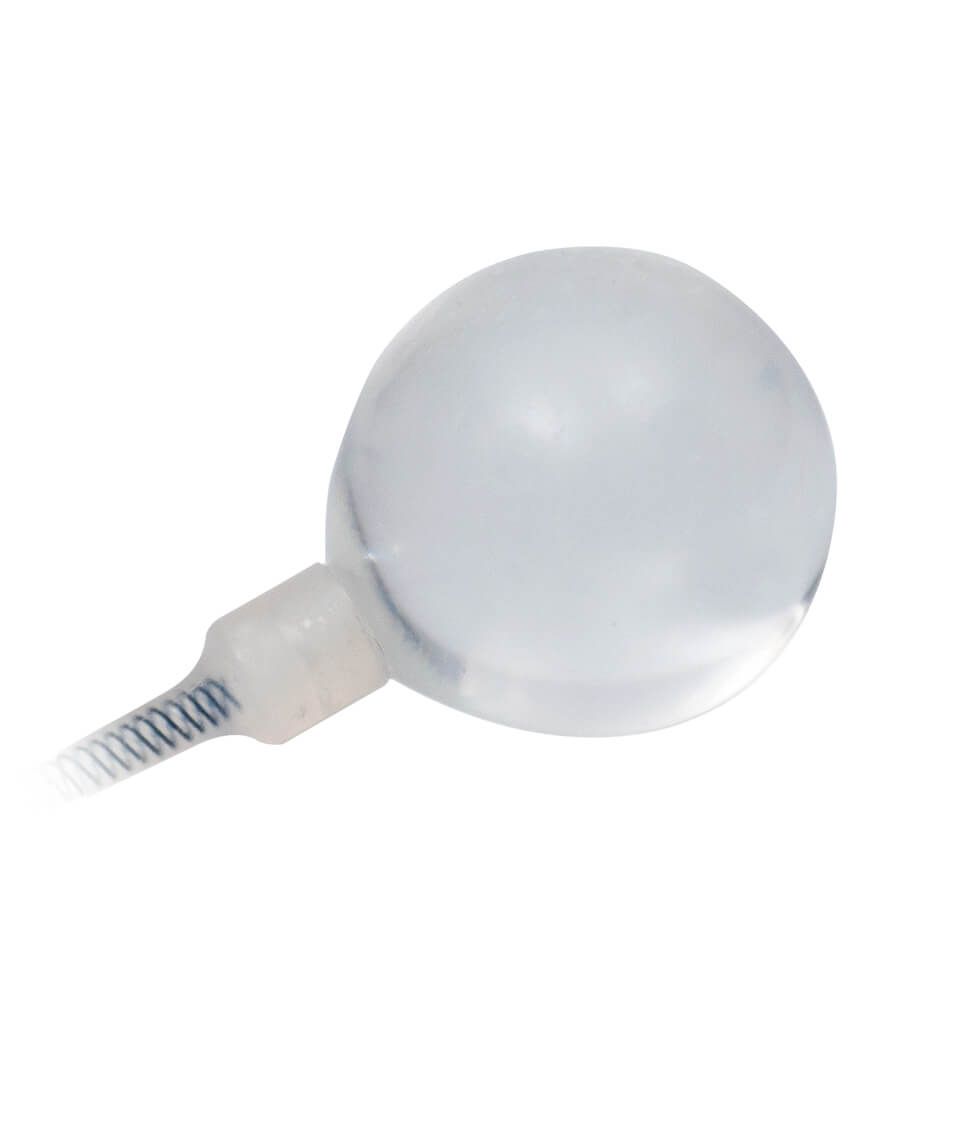
We offer five different size of Pressure Regulating Balloon options, each designed to function optimally at a specific pressure level.
- ContiClassic ® PRB Sizes
40 – 49 cm H20 50 – 59 cm H20 60 – 69 cm H20 70 – 79 cm H20 80 – 89 cm H20
- ContiClassic ® PRB Sizes
40 – 49 cm H20 50 – 59 cm H20 60 – 69 cm H20 70 – 79 cm H20 80 – 89 cm H20
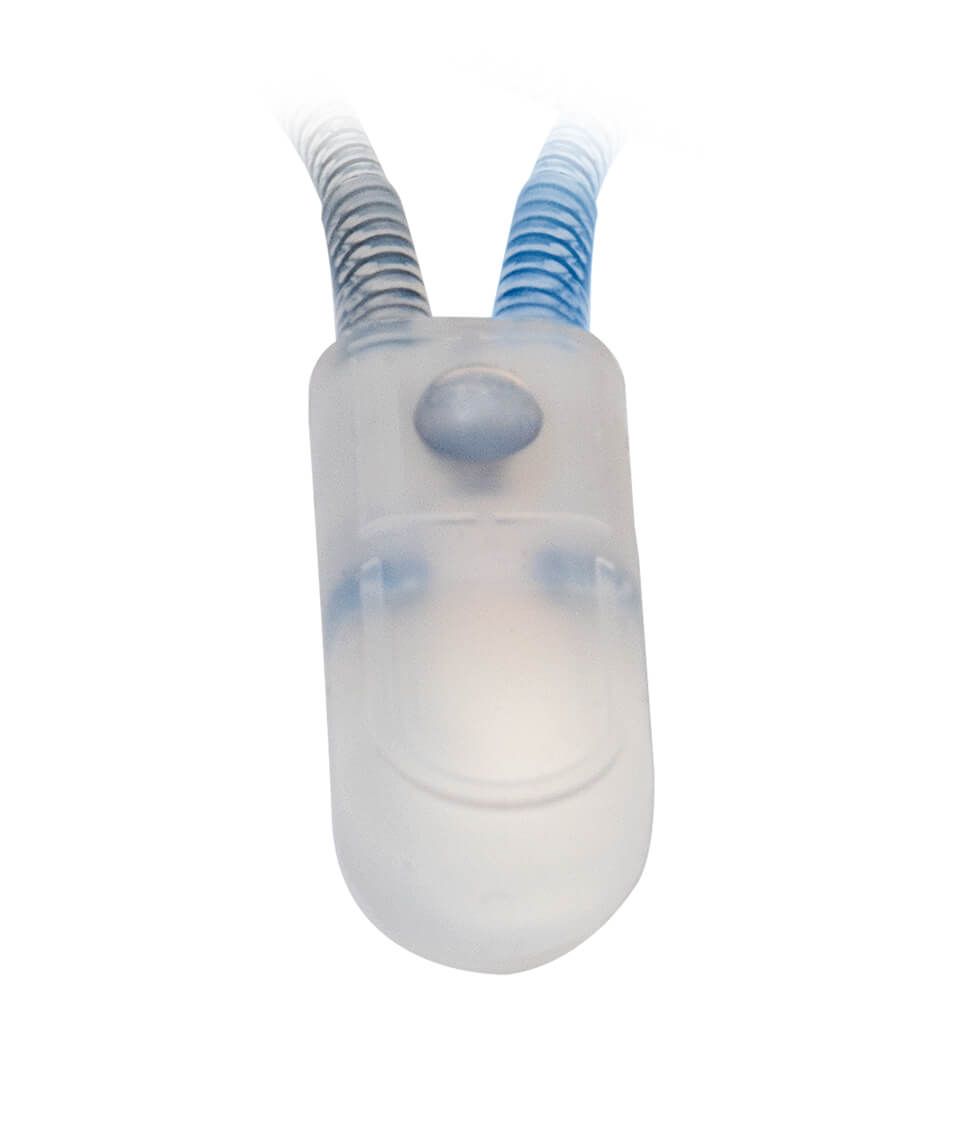
The ContiClassic® Control Pump is designed with an easy-to-use deactivation button to make turning the device off more convenient. Night-time deactivation may help reduce the risk of urethral atrophy (thinning of the urethra) and recurring incontinence. Nightly-deactivation may be recommended for patients who are dry at night and are committed to reducing the risk of urethral damage that may be caused by prolonged cuff pressure.
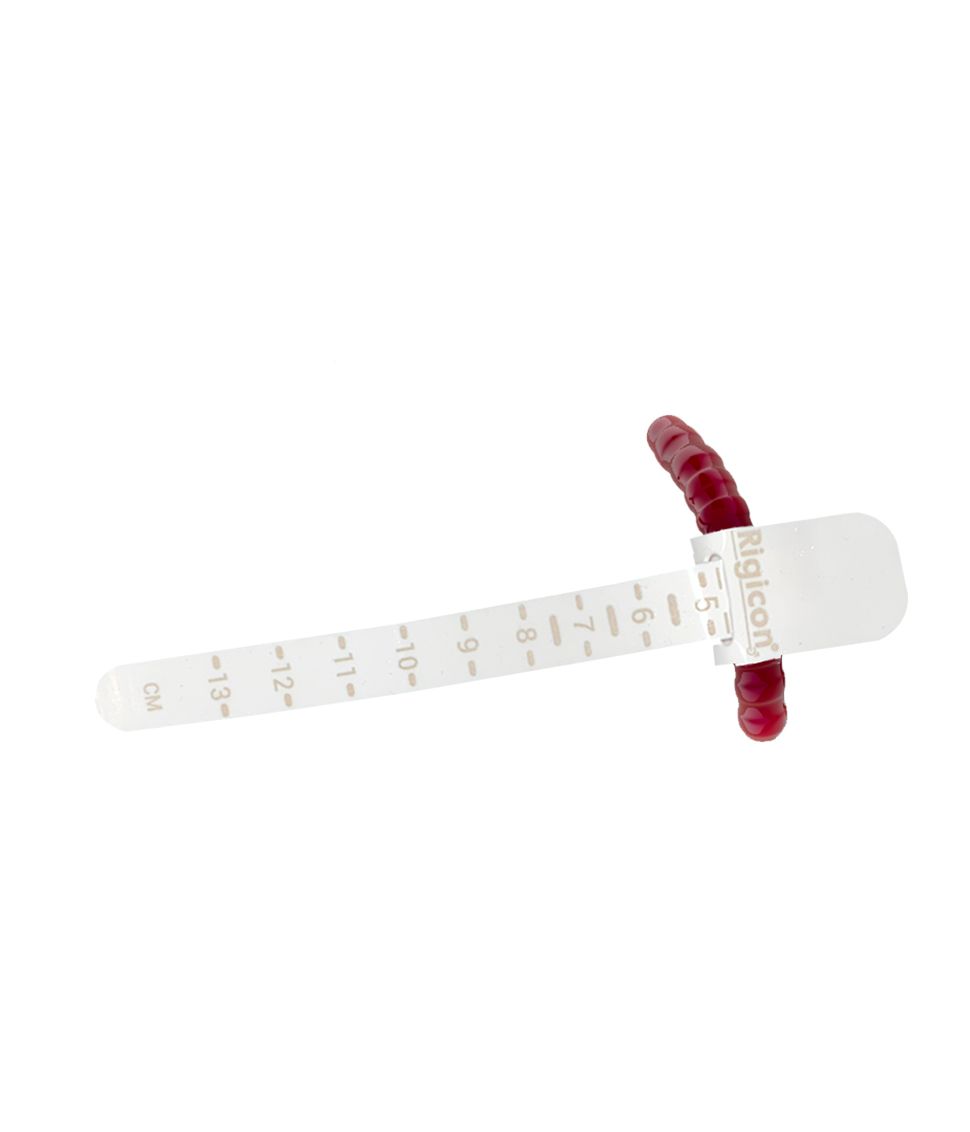
ContiClassic® Artificial Urinary Sphincter offers a comprehensive range of occlusive cuff sizes, providing surgeons with unprecedented flexibility in tailoring the device to each patient’s unique urethral anatomy. The diverse selection of cuff sizes spans from 3.5 cm to 13.0 cm, with increments as precise as 0.25 cm in certain ranges, allowing for exceptionally accurate fitting. This extensive array of options enables surgeons to achieve a more personalized and potentially more effective treatment for patients with varying degrees of urinary incontinence.
-
ContiRegular ® Occlusive Cuff
3.5 cm 5.5 cm 9.0 cm 3.75 cm 6.0 cm 9.5 cm 4.0 cm 6.5 cm 10.0 cm 4.25 cm 7.0 cm 11.0 cm 4.5 cm 7.5 cm 12.0 cm 4.75 cm 8.0 cm 13.0 cm
-
ContiRegular ® Occlusive Cuff
3.5 cm 5.5 cm 9.0 cm 3.75 cm 6.0 cm 9.5 cm 4.0 cm 6.5 cm 10.0 cm 4.25 cm 7.0 cm 11.0 cm 4.5 cm 7.5 cm 12.0 cm 4.75 cm 8.0 cm 13.0 cm
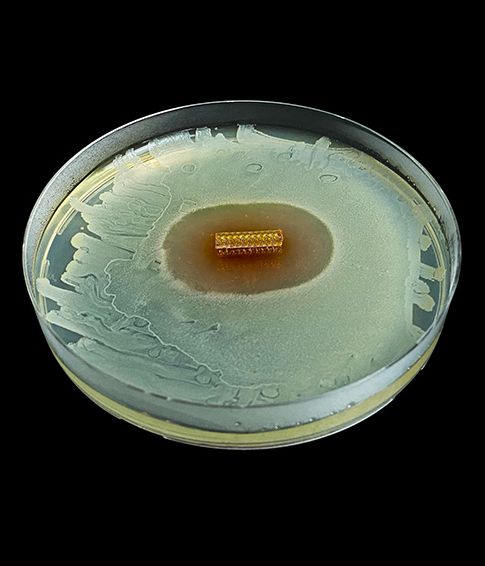
Unlike competitors, ContiClassic® is uniquely manufactured with a HydroShield™ hydrophilic coating on all external surfaces, including the pressure-regulating balloon. The HydroShield™ Coating allows for diverse dipping options enabling a customized approach to meet the specific needs of the surgeon and the patient.
Kink-resistant tubes are connected easily and manually without the need for any additional assembly tools.
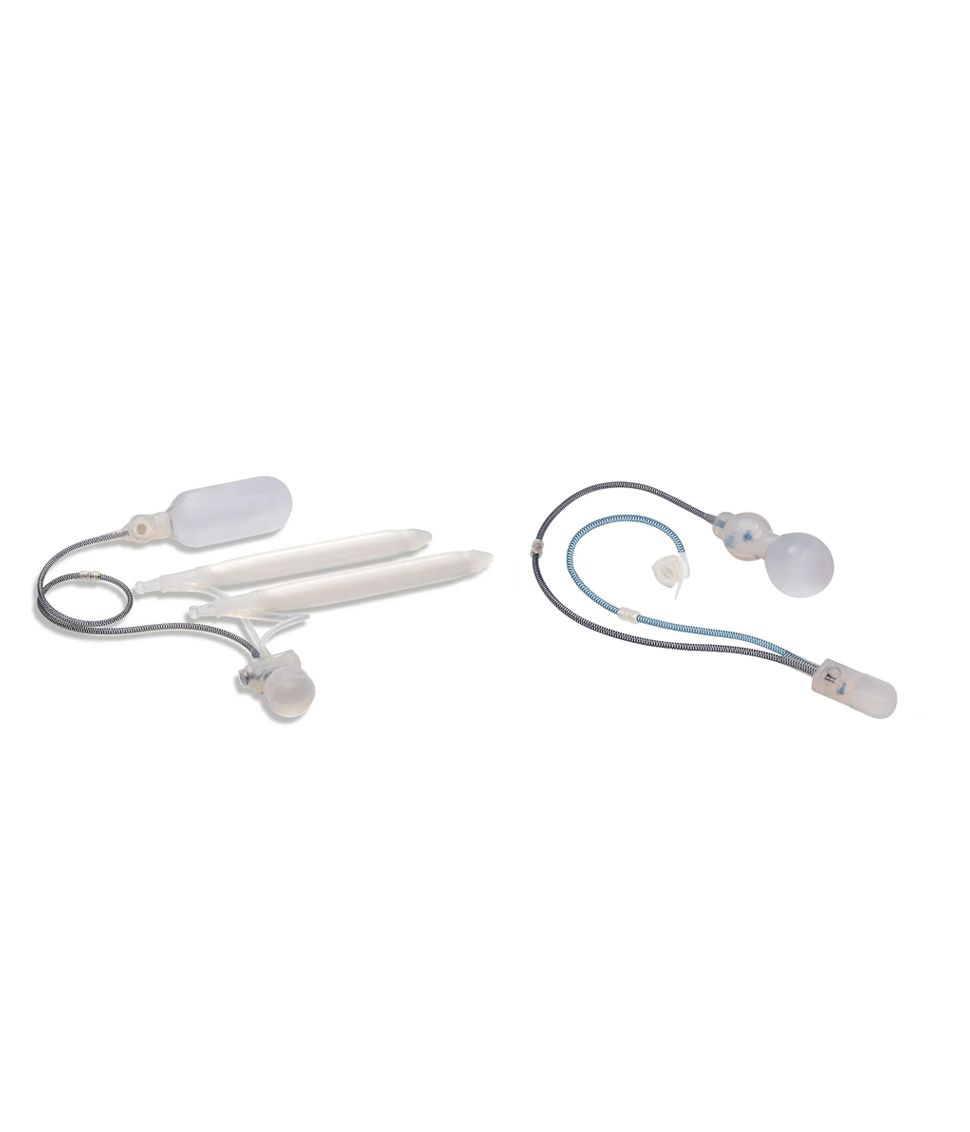
The ContiClassic® is fully compatible with and can be implanted alongside any of the Infla10® Inflatable Penile Prosthesis models5.
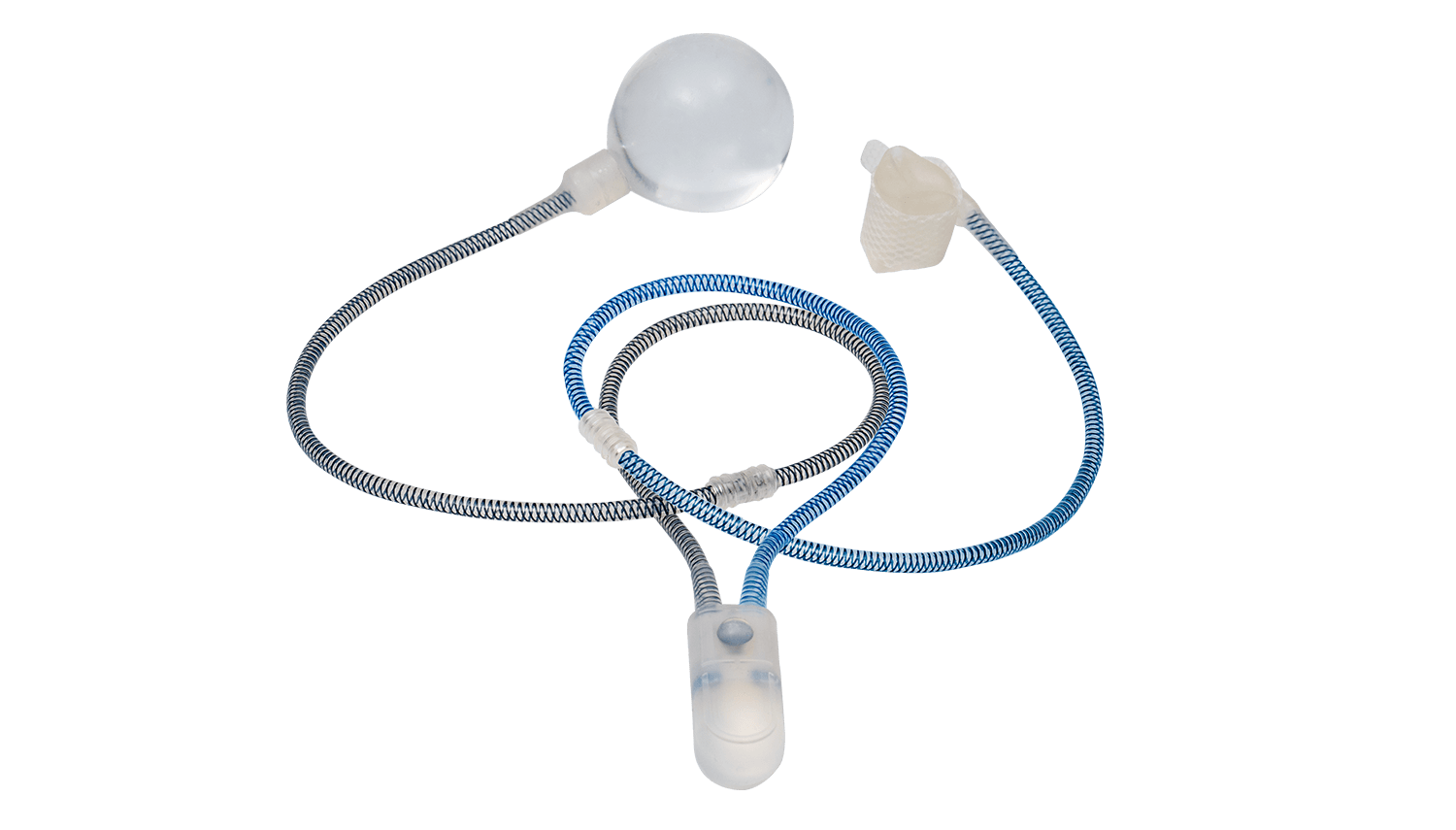
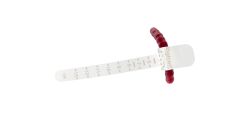
Occlusive Cuff
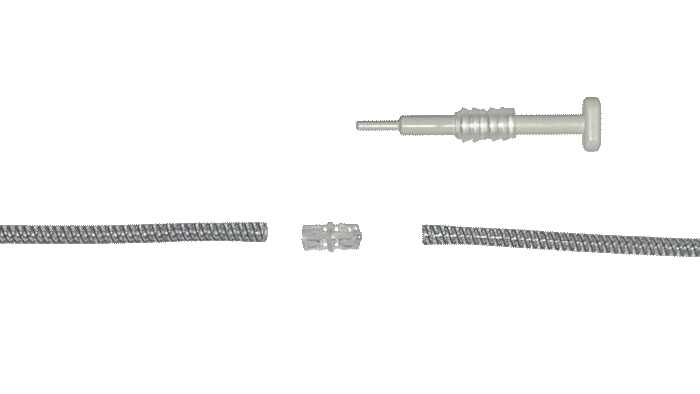
EasyClick™ Connector
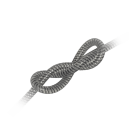
Kink Resistant Tubing
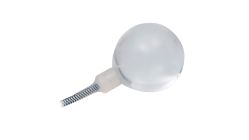
Pressure Regulating Balloon
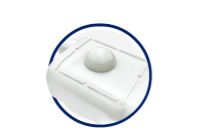
Deactivation Button
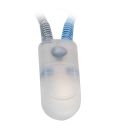
Control Pump
- How to use your ContiClassic® Artificial Urinary Sphincter?Caution: Professional Medical Content
These video resources are strictly for medical education. The footage contains graphic clinical procedures and is intended solely for healthcare practitioners.
Important: Video files are typically large. Download duration may fluctuate based on your internet connection speed. A robust, high-bandwidth connection is recommended for smooth playback and optimal learning experience.
- Rigicon Talks – Session 2 – Top 10 Questions Answered about Artificial Urinary Sphincters
These video resources are strictly for medical education. The footage contains graphic clinical procedures and is intended solely for healthcare practitioners.
Important: Video files are typically large. Download duration may fluctuate based on your internet connection speed. A robust, high-bandwidth connection is recommended for smooth playback and optimal learning experience.
These video resources are strictly for medical education. The footage contains graphic clinical procedures and is intended solely for healthcare practitioners.
Important: Video files are typically large. Download duration may fluctuate based on your internet connection speed. A robust, high-bandwidth connection is recommended for smooth playback and optimal learning experience.
- ContiClassic® Artificial Urinary Sphincter Product Illustration
The ContiClassic® system is designed to help patients regain control of urinary function. It consists of three key components: a pressure-regulating balloon placed in the abdomen, an occlusive cuff positioned around the urethra, and a control pump located in the scrotum. When the control pump is activated, the cuff tightens around the urethra to prevent urine leakage. To urinate, the patient squeezes the control pump, which temporarily loosens the cuff, allowing urine to pass. This system is an effective solution for patients suffering from urinary incontinence, providing a discreet and reliable method for managing bladder control.
The ContiClassic® system is designed to help patients regain control of urinary function. It consists of three key components: a pressure-regulating balloon placed in the abdomen, an occlusive cuff positioned around the urethra, and a control pump located in the scrotum. When the control pump is activated, the cuff tightens around the urethra to prevent urine leakage. To urinate, the patient squeezes the control pump, which temporarily loosens the cuff, allowing urine to pass. This system is an effective solution for patients suffering from urinary incontinence, providing a discreet and reliable method for managing bladder control.
Conti™ Artificial Urinary Sphincter
Product Code | ContiRegular® Occlusive Cuff |
|---|---|
| CTR-OC35 | 3.5 cm |
| CTR-OC375 | 3.75 cm |
| CTR-OC40 | 4.0 cm |
| CTR-OC425 | 4.25 cm |
| CTR-OC45 | 4.5 cm |
| CTR-OC475 | 4.75 cm |
| CTR-OC50 | 5.0 cm |
| CTR-OC55 | 5.5 cm |
| CTR-OC60 | 6.0 cm |
| CTR-OC65 | 6.5 cm |
| CTR-OC70 | 7.0 cm |
| CTR-OC75 | 7.5 cm |
| CTR-OC80 | 8.0 cm |
| CTR-OC85 | 8.5 cm |
| CTR-OC90 | 9.0 cm |
| CTR-OC95 | 9.5 cm |
| CTR-OC100 | 10.0 cm |
| CTR-OC110 | 11.0 cm |
| CTR-OC120 | 12.0 cm |
| CTR-OC130 | 13.0 cm |
Product Code | Accessory Kit |
|---|---|
| CT-AK | Conti™ Accessory Kit |
What is urinary incontinence?
Urinary incontinence is the embarrassing loss of urine without the owner’s permission.
There are two types:
- Urgency incontinence which is when you have the sudden urge to urinate and cannot get to the toilet in time.
- Stress incontinence which is the loss of urine anytime there is an increase of abdominal pressure such as coughing, sneezing, changing position.
What is the common cause of stress incontinence in men?
Unlike women who can develop stress incontinence from simply having children or aging, men will only develop the condition after having some form of invasive pelvic surgery such as a prostatectomy for cancer. The surgery injures the urinary sphincter causing it to be unable to hold urine in the case of increased abdominal pressure.
Is stress incontinence a normal part of ageing?
Yes, it is true for women but not for men.
How do doctors diagnose urinary incontinence?
Generally, physicians rely upon a physical examination and a detailed medical history. If it is unclear whether the incontinence is urgency or stress, the physician may perform some testing.
Is stress urinary incontinence a side effect of surgical removal of the prostate?
Yes, particularly the radical prostatectomy for cancer has an increased incidence of this complication. In most men the incontinence persists for 3-6 months but resolves without treatment. If you are still leaking after 6 months, you should see a urologist who commonly treats male incontinence.
What are the treatment options for stress incontinence in men?
Unfortunately, there are very few non-surgical alternatives. Drugs and pelvic exercises, while effective in women, usually do not work in men with a damaged sphincter from a surgical procedure. There are two surgical treatments that have success: male sling and artificial urinary sphincter (AUS).
What is an artificial urinary sphincter (AUS)?
An AUS is a surgically implanted device to replace your damaged sphincter. It consists of a pump, cuff and pressure regulating balloon. It is implanted, generally as an outpatient, through a small incision in the scrotum or beneath the scrotum in the perineum. The surgery generally can be done in an hour and post-operative recovery is quick with minimal discomfort. The patient is not able to use the sphincter for 6 weeks to allow the tissues to heal. The device mimics the role of a healthy sphincter. The urethra remains closed until the bladder fills with urine and creates the need for emptying. The patient then squeezes the pump to open the urethra and allow the bladder to empty. Over the next two minutes the cuff gradually closes to allow the patient to regain continence.
What are the benefits of the ContiClassic® Artificial Urinary Sphincter?
Most patients who are incontinent are dry when sleeping because there are no increase of abdominal pressure events. Unlike competitive AUS, the ContiClassic® AUS is easily deactivated at night and turned back on the next morning. By allowing the urethra to rest during sleep without pressure, it is thought the need for revision surgery will be less. There are other improvements over existing competitive devices like more sophisticated control of cuff pressure during times of increased abdominal pressure, more sizes of cuff to allow more accurate sizing, and improved instrumentation for implantation of the device by your surgeon.
FAQ’s Disclaimer
The content is not intended to be a substitute for, nor does it replace professional medical advice, diagnosis, or treatment. If you have any concerns or questions about your health, you should always consult with a physician or other health-care professional.
-
Federal law (USA) restricts this device to sale by or on the order of a physician.
-
Not available for sale within the United States.







